|
Each week this summer I profiled the summer movie blockbusters that helped me fall in love with the movies and changed how I see the world. Here they are: Summer of 1975: Jaws It started 47 years ago this week. Amity Island and its Great White Shark problem. And the notion of the summer blockbuster initiated by this movie Jaws (1975) directed by Steven Spielberg. Which will lead to the latest summer blockbuster: Jurassic World: Dominion produced by Steven Spielberg. All it will take to get the story started is what screenwriters call The Sacrifice. And that would be that blonde haired woman sitting by herself and contemplating a late night swim. It will only result in her death and (some would say) the death of American cinema. Don't do it, Chrissie!!!! Read more about it here: Remembering The Summer Of the Shark - Richard Rothrock Summer of 1977: Star Wars Few moments have blown me away the way the opening shot of George Lucas’ sci-fi masterpiece did. And sitting there listening to the giddy excitement rippling through the audience that day at the Capitol Theater in Charleston WV, I could tell they felt it too. This was something unique. This was something we had never seen before. And we knew the movies would never be the same again. Summer of 1979: The Muppet Movie I had been a fan of The Muppet Show for most of its TV run and this was the Muppets’ big screen debut. That summer I was hanging out with my high school friends and reluctant to face the fact that my family was moving from West Virginia to Michigan soon where I faced a friendless senior year. Into that gloomy time came this marvelous jewel of a movie which managed to give me laughs and hope and some valuable life lessons (“Life’s like a movie. Write your own ending.”) that I have held onto ever since. Thank you, Jim Henson. Summer of 1980: Airplane! While audiences that summer were going nuts for The Empire Strikes Back and The Shining, this was the movie that had me laughing and laughing over and over again. It was one of the few movies I had to see twice because I missed some of the funny lines the first time around due to audience laughter. With its combination of bad word puns, knowing satirization of famous movie and TV moments and conventions (particularly the disaster movies of the 1970s), and just plain stupid & random humor all spun together into a classic comedy concoction, few movies have so completely changed the notions of movie humor the way this one did nor contributed more running lines to our pop culture. And it gave actors like Leslie Nielsen, Robert Stack, Lloyd Bridges, and Peter Graves a second wind to their careers by lampooning the stalwart men of action they had made careers playing up to that point. Surely one of the funniest movies ever made. “And don’t call me Shirley.” Summer of 1981: Raiders of the Lost Ark Steven Spielberg’s adventure classic (produced by George Lucas & written by Lawrence Kasdan) accomplished the same things that the original Star Wars did. It reinvigorated a moribund genre while also serving as a loving tribute to the Saturday morning serials both filmmakers had grown up on. It had everything I have learned to expect from a summer blockbuster: a novel idea, a cool lead character, a witty and tantalizing love interest, a funny and inventive script that shined a light on an unexplored or alternative bit of history, and amazing action scenes done with originality and verve and featuring F/X not seen before with a little bit of spirituality and the supernatural tossed in for good measure. A movie that sends you out of the theater ready for more. For me, no other summer blockbuster since has quite topped this one. “It’s not the years, honey. It’s the mileage.” I still marvel that I saw this 4 times in theaters: June 1981, July 1981, December 1981, and July 1982. That’s right, Raiders spent over a year in theaters. Can you imagine that today? Summer of 1982: Star Trek II: The Wrath of Khan This may have been the summer of E.T., Rocky III, An Officer & A Gentleman, Blade Runner, and Poltergeist but this is the movie from that summer that has stuck with me. Star Trek II: The Wrath of Khan remains for me the only movie that fully captured the spirit of the original TV series. Hot off his debut movie Time After Time (which I love), director Nicholas Meyer got the most out of what was expected to be a modest sequel: great chemistry between the original cast, edge of the seat action sequences, a philosophical script with a literary bent, and special kudos to Ricardo Montalban also reprising his role from the TV series as the villainous Khan. It all added up to an entertaining blockbuster with an unexpected emotional climax that had us all in tears. IMHO, none of the subsequent movies or spinoff series (except Next Generation) have topped this one. “Live long and prosper.” Summer of 1983: WarGames While guys that summer enjoyed Return of the Jedi and girls reveled in the dance fantasy of Flashdance, I found myself falling under the spell of this imaginative doomsday thriller. Director John Badham’s movie speculated in a very effective way how the Cold War prejudices and computers might unintentionally bring about the end of the world. But it also foreshadowed the coming world of computers and the internet and made it look fun. Matthew Broderick was delightful as David Lightman a teenaged hacker who unintentionally contacts NORAD’s war games computer and sets off a scenario that makes the U.S. military believe they are at war with the Soviet Union. Ally Sheedy was equally fine as David’s gal pal Jennifer with supporting turns from John Wood, Dabney Coleman, Barry Corbin and others both comic and dramatic. Supposedly, when U.S. president Ronald Reagan saw this movie he thought it might be time to end the Cold War before this fiction became fact. “Shall we play a game?” – NORAD computer Summer of 1984: Once Upon a Time in America Audiences watched Ghostbusters and Gremlins that summer but I waited to see Sergio Leone’s gangster epic, his first movie in 12 years with an all-star cast headed by Robert De Niro and James Woods.. Even then as I sat down in a nearly empty theater for a matinee showing I knew I was going to see a truncated version. Leone’s movie ran nearly 4 hours but The Ladd Co. had rejected that cut and edited their own 2 ½ hour version for its American release. It was a mess alright but a beautiful and very moving mess (not to mention very violent!) brilliantly directed by Leone with one of Ennio Morricone’s most haunting scores. De Niro and Woods played childhood pals who chose a life of crime to escape their abject poverty and, for a time, became gangsters of consequence during Prohibition. The Ladd version told of their rise and fall in a straight chronological manner Leone never intended. When I saw the full version months later, I discovered that Leone had crafted a narrative that moved back and forth through time with the older De Niro looking back on his youth from the regret of old age. Because in the end all we are left with are our memories. It is a perspective that means more to me the older I get. If you want to learn more about the movie, check out my blog entry here: My Father & Me & "Once Upon a Time in America" - Richard Rothrock Summer of 1988: Who Framed Roger Rabbit No one expected Robert Zemeckis to follow up his 1985 blockbuster Back To the Future with something even better but that is just what he did. Who Framed Roger Rabbit told a familiar film noir tale. In late 1940s Los Angeles, private eye Eddie Valiant (Bob Hoskins) tries to figure out why cartoon superstar Roger Rabbit is the chief suspect in a series of murders that are rocking Hollywood. What made Zemeckis’s fantasy unique was its blend of real life and cartoon characters in the same frame. In an age before Cartoon Network, when the Disney Channel was a pay cable channel, and Looney Tunes were only seen in cut up form on broadcast TV, Zemeckis brought all the classic cartoon characters together in one movie: Betty Boop, Popeye, Woody Woodpecker, Tom & Jerry, not mention the entire gallery of Looney Tunes and Disney personalities. I can still remember the squeals of delight from the audience each time a classic character appeared, or the roar of applause when the two kings of classic animation Mickey Mouse and Bugs Bunny had a scene together. But the character who stole the show was Roger’s buxom cartoon wife Jessica Rabbit (beautiful voiced by Kathleen Turner). And we have all been forced to re-examine our notions of the femme fatale and our male gaze ever since. “I’m not bad. I’m just drawn that way.” Summer of 1989: The Abyss I was not expecting to love this movie as much as I do. I had seen James Cameron’s 3 previous movies (even Piranha II!) and really liked 2 of them (NOT Piranha II) but none of them blew me away like this movie did. Ed Harris and Mary Elizabeth Mastroantonio play an estranged couple leading a team of oil drillers marooned in their underwater rig at the bottom of the ocean while a hurricane rages above and Cold War politics plays out within. (We tend to forget that the Cold War was still alive & well when this movie came out). It all leads up to a close encounter of the underwater kind and the beginning of CGI in the movies. Cast and crew mostly filmed at the bottom of a flooded cooling tower at an abandoned nuclear power plant in South Carolina. The shoot was so gruelling and some of the scenes so hazardous that Harris and Mastroantonio refuse to discuss this movie to this day nor have anything to do with Cameron. And yet they deliver two of their best performances here (Mastroantonio should have gotten the Oscar). Over the course of the movie (spoiler alert!) they manage to rescue their team, salvage their marriage, and, oh by the way, save the world. Cameron’s script is his best to date. The underwater danger feels very real (in some cases, it was) and it ends up having some very relevant things to say about love and what makes life worthwhile. It remains my favorite Cameron movie. I cannot recommend this one enough. “We all see what we want to see. Coffey looks and he sees Russians. He sees hate and fear. You have to look with better eyes than that.” Summer of 1993: Jurassic Park Is there anything more to say about this groundbreaking Steven Spielberg thriller? A group of scientists spend the weekend previewing a new theme park populated by cloned dinosaurs. Naturally, things go wrong, human greed intrudes, and they end up fighting for their lives in a series of action scenes that have almost all become iconic. It has always amazed me that all author Michael Crichton did was recycle his premise from 1973’s Westworld but use dinosaurs instead of human-like robots. But otherwise the story is the same and it doesn’t matter. What continues to get me even after repeated viewings is the wonder we feel each time we first glimpse the resurrected dinos whether it is a foraging brontosaurus or an ill triceratops. It is like watching our wildest childhood fantasies come to life on screen. And isn’t that what the movies are meant to be all about? Still wish they hadn’t made those raptors, though. “God creates dinosaurs. God destroys dinosaurs. God creates man. Man destroys God. Man creates dinosaurs.” “Dinosaurs eat man. Woman inherits the earth.” Summer of 1994: Forrest Gump It seems right to end this series about my favorite summer blockbusters with Robert Zemeckis’ heartfelt tale of a maybe not as smart as others boy who still gets ahead during the height of the baby boom era (1955-1980). And he does so by simply seeing through the social facades of the people he meets to connect with the human being inside. To paraphrase from another movie, he “has a way of seeing the beauty in others, even, and perhaps most especially, when that person cannot see it in themselves.” Along the way he is on hand or plays an unintentional role in some of the biggest cultural and political events of his time from Elvis to Vietnam to Watergate. He even ends up with Jenny, the girl of his dreams! All of it underscored by some of the greatest rock hits of the era. This movie is about many things but ultimately it is about 1) what we do with the legacy (good or bad) that our parents leave us, 2) how life never works out quite the way we expect, and 3) how quickly it all passes by. The son becomes the father; the daughter becomes the mother; and the cycle begins again. And how the best moments in life are the ones where we step back and take a moment to enjoy the beauty of being alive. “Sometimes [in Vietnam] it would stop raining long enough for the stars to come out... and then it was nice. It was like just before the sun goes to bed down on the bayou. There was always a million sparkles on the water... like that mountain lake. It was so clear, Jenny, it looked like there were two skies one on top of the other. And then in the desert, when the sun comes up, I couldn't tell where heaven stopped and the earth began. It was so beautiful.” In the end, what Forrest learns about life has become how I see it as well: “I don't know if we each have a destiny, or if we're all just floating around accidental-like on a breeze, but I think maybe it's both. Maybe both is happening at the same time.” Each Monday this summer I will profile the summer blockbusters that helped me fall in love with the movies and changed how I see the world. One more installment left!
0 Comments
Summer is coming to an end. Autumn begins to rear its lovely head (it’s my favorite time of year). But there is still time for one last dip in the ocean of summer before it all goes away for another year! So come on in the water, everyone! This week’s issue contains: The Girl In the Basement – Novel Update Sunday Nights With Walt 5th Anniversary Celebration The Latest on Before Noon Looking Ahead to 2023 – American Kids and Plymouth Undead If you want to be added to the email list, please DM me! The Girl In the Basement – Novel Update Most of my creative efforts this summer have been spent completing the novel version of this horror screenplay. Progress has been steady over the past two months and I am pretty happy with the results. As of today, I am 161 pages in (about 2/3s through) with a goal of completing it around Labor Day. Still planning to have it out as an eBook this October. Check back for further updates. And if you would like to join the Girl In the Basement email list and receive daily updates on my progress, just email me or reply in the comments section below. Sunday Nights With Walt -5th Anniversary Celebration Hard to believe but this November marks the 5th anniversary of the publication of Sunday Nights With Walt by Theme Park Press. I have a number of things planned to celebrate this occasion and raise awareness of the book and its subject matter on social media and across the internet. I will keep you apprised of those as well. And if you haven’t picked up your copy of Sunday Night With Walt: Everything I Know I Learned From “The Wonderful World of Disney” then click here. It makes a wonderful gift for the baby boomer in your life. Or for anyone who wants to learn more about this influential TV show. The Latest on Before Noon Before Noon didn’t make the cut last month at the Fan Fiction & Screenplay Festival. I was massively disappointed by this but nothing to do but soldier on, right? I am still trying to figure out how to spread the word on this project. I have been doing a lot of research but, apparently, marketing fan fiction is something people don’t do much of so I rather feel like I am reinventing the wheel here. Too bad because I think it is one of the loveliest things I have ever written. Don’t know about Before Noon? Learn more about this work of fan fiction here: What is "before noon"? - Richard Rothrock And if you would still like to read it then please email me. Looking Ahead to 2023 – American Kids and Plymouth Undead Following up on my post earlier this month “Life In The Key of 60” I have put together my release schedule for the next several years. For 2023 I am aiming to get two projects out and into your hands. American Kids will finally arrive next May – 40 years after the summer which inspired the story. This is Volume 2 of my Paul Ruddick Chronicles trilogy. It tells the story of college age workers who spend the summer working and partying and bonding at a midwestern amusement park. They had hoped to put off growing up for a few more months only to discover that Life has other plans in store for them. Then next October will come Plymouth Undead, an unconventional horror take on the first Thanksgiving. We find the Pilgrims and their indigenous neighbors battling an unexpected Old World curse that the white settlers have unintentionally let loose on wild America. Looking forward to both of these. Summer Blockbusters This summer on Facebook, I have been profiling the summer blockbuster movies that influenced my life. If you are not on Facebook, you can view the whole thing here: SUMMER BLOCKBUSTERS THAT CHANGED MY LIFE - Richard Rothrock It has proven popular enough that I am going to continue it into the Fall. Starting next Friday Sep 2, I will be profiling my Top 5 favorite football movies followed in October by my Top 5 favorite horror movies. Be sure to check them out! What happened to “How The CBS Late Movie Expanded My World & Changed My Life”? I know I have been promising this entry for most of the summer and I have actually worked on a BUNCH of it but it has turned out to be something longer than a normal blog entry. Not to mention that several of the movies I discuss have reappeared in the past couple of weeks so I am rewatching them (some for the first time since that summer of 1976) and figuring out a way to do this as a series of posts later on. Thank you for your patience! So that is about all from here. How has your summer gone?
Back on September 6! Richard **If you haven’t heard, Jaws (1975) will be back in theaters everywhere (including IMAX) beginning next Friday, Sep 2. If you haven’t seen it on the big screen, please consider checking it out! (3300) JAWS | Official Trailer | Experience It In IMAX® - YouTube Please feel free to share this! If you no longer want to receive this newsletter, just let me know and I will remove you from the list. Yesterday, I talked about seeing the 1974 adaptation of THE GREAT GATSBY for the first time, the impact it had on me, and how it colored my life after that. For me, that is the true indicator of a great film: it not only moves you and entertains you, but also changes your view of film as well as your view of life and the world. You are not the same person after seeing it. Today, I am looking at GATSBY as a film scholar would: analyzing how the film rates and whether it succeeds as a work of art. I did watch it again this week for the first time in a couple years and, even after all these years, I still think it is great despite some minor flaws. Here’s why: SPOILER ALERT!!!! KEY PLOT POINTS REVEALED BEYOND THIS POINT 1. The lead performances of Robert Redford & Mia Farrow I will admit that I find Redford’s performance in the film a tad uneven. There are many scenes where he is dead on as Jay Gatsby (particularly in the second half of the film) and there are other scenes where he seems wooden and tentative (especially in the scenes where he first meets Nick). It is difficult to tell whether Redford is playing the character as tentative or whether it is Redford himself. I know Redford had disagreements with director Jack Clayton over the interpretation of the character as well as Clayton’s directing. (Redford once stated that he learned how not to direct a film from Jack Clayton). I often wonder if the tension shows up there on screen. Cast members have remarked that Redford seemed remote during filming and preoccupied with the growing Watergate scandal which he would end up filming two years later in ALL THE PRESIDENT’S MEN. Or we may just be reading all of this into his performance. However, from the moment Gatsby meets Daisy again, Redford’s performance kicks into high gear and he IS the definitive Gatsby for the rest of the film. Mia Farrow as Daisy falls into the love her or hate her category with critics. I have always found it to be fabulous. She was not Paramount’s first choice for the role (thank God they didn’t get Ali MacGraw!) but her performance is arguably the best in the film. She does a brilliant job capturing the many layers of Daisy’s complex personality. Think about this for a second. Farrow has to simultaneously convey: 1) why Gatsby would have fallen in love with Daisy all those years ago and made regaining her the center of his life while at the same time showing us why she ultimately is not worthy of the adoration Gatsby showers on her, and 2) show Daisy’s shallow and flippant side, her dislike of facing the consequences of her actions while keeping us sympathetic with the character. Farrow balances this brilliantly. Daisy, ultimately, is what she calls her daughter, “a beautiful little fool”. We may dislike her choices but we never dislike her. No less a critic than Pauline Kael called the performance Oscar-worthy and I agree. I still think it is Mia Farrow’s best role. 2. The supporting players Whatever people think of Redford and Farrow, there is no denying the supporting players are nothing short of brilliant. Bruce Dern magnificently captures both the allure and the brutality of Tom Buchanan. We can see why Daisy and Myrtle fell in love with him while also seeing the dark side underneath. Tom is cruel but we understand why he is. He is a man of privilege who feels he has the right to do what he wants with whom he wants and he also has the right to protect what he has against any such interlopers whether they be Gatsby or Wilson. Or even Nick. Sam Waterston is equally brilliant as Nick Carraway. This is the film that launched his movie career. It is not easy playing a character that mostly watches but Waterston is lovely. We can always see the emotions playing across his face as Nick observes and takes it all in. He is the audience’s surrogate up on the screen and we always know what he is thinking. And when the rich are behaving badly, Nick is there to point out what we are thinking. Last but not least, Scott Wilson is brilliant as George Wilson. It is a gut wrenching balls to the wall performance. Just watch the scene where his friend Michaelis tries to comfort Wilson after Myrtle’s death. Wilson just rambles on about how she died and who is at fault while he plays and plays with that pencil in his hand. He never says he plans to kill the man who did it but the ripping of the pencil let’s us know what he has decided. Why none of these actors were nominated for Best Supporting Actor continues to mystify me. Even more surprising for being overlooked is Karen Black as Myrtle Wilson, especially since she won the Golden Globe that year for Best Supporting Actress (and is far better than Ingrid Bergman who won for her rather caricatured performance as the missionary in MURDER ON THE ORIENT EXPRESS). Myrtle is a spitfire. mercurial and short tempered. Like Gatsby, she wants to climb out of her situation and rise in the world. Her manic energy and drive powers every scene she is in. She lacks Gatsby’s patience to build her dream year by year. Her present is too unbearable. She wants her future NOW and she’ll do what it takes to get it even if it means breaking windows and running desperately out into the road to seize it before it literally passes by. 3. Jack Clayton’s direction I realize Clayton’s direction of the film is also a love it or hate it proposition. We also know in retrospect that this is the film that destroyed Clayton’s career (he would make only one more film before dying in 1995). But I believe Jack Clayton was one of the unheralded masters of the long take with many scenes here played out in one shot. The compositions of the scenes in GATSBY are dead on as the camera tracks and pivots and moves in and out of a scene making sure to be in the right place at the right time to make just the right dramatic point. Study Nick’s first dinner party at Tom & Daisy’s. Look how the camera is in just the right place every time to properly define the characters and their relationship to each other. Look at the previously mentioned scene above between Wilson and Michaelis. It is a one shot scene with the camera slowly moving in on Wilson’s grieving face, and yet Clayton always keeps part of the window frame between the two men, symbolically showing the wall between them even as Michaelis tries to comfort and reach his friend. The same is true for the party scenes. It is Clayton’s long takes that allow the drunken energy of the parties to come through and make us feel we are actually there. Kudos as well to cinematographer Douglas Slocombe who perfectly captures the look and feel of the 1920s. I am again mystified as to why Slocombe wasn’t even nominated for Best Cinematography when the winner that year was the rather pedestrianly filmed THE TOWERING INFERNO. The one downside of long takes is that scenes end up playing out in real time which means films done that way end up longer. GATSBY comes in at 143 minutes. Ironically, that makes it the same length as Baz Luhrmann’s new, supposedly zippier version of GATSBY. 4. Francis Ford Coppola’s screenplay Coppola was hot off of THE GODFATHER (1972) when he penned this adaptation. He was also a last minute replacement for Truman Capote who failed to deliver a satisfying script. Despite that, I do think the screenplay captures both the spirit and feel of the book, both Fitzgerald’s dialogue and Nick’s narration. Coppola invents several moments not in the book that nicely give insights into the characters and foreshadow future events. When Gatsby first shows Nick his Rolls Royce he asks if Nick wants to drive it. “No thanks,” Nick replies, “I don’t think I’d want the responsibility.” Nicely foreshadowing when Gatsby’s car kills Myrtle with Daisy behind the wheel. There are dozens of little such moments throughout. Much of the criticism for the film (the length, Clayton’s direction, Coppola’s screenplay) revolves around the invented scenes in the middle of the film. Since Nick narrates the book, we never see what happens inside Gatsby’s mansion during those summer weeks after the romance is rekindled. Clayton and Coppola try to fill in the blanks with scenes of the two discussing their past. Even though the scenes are not in the book, the moments they discuss are (their previous romance, Daisy’s wedding to Tom, why Daisy did not wait for Gatsby to come back from the war). That is precisely what a good adaptation should do: fill in the blanks while still staying true to the source. One can disagree with Clayton and Coppola’s choices but I believe it was a conscious artistic choice which works. Others have complained about the total omission of Dan Cody, Gatsby’s original mentor who provided him entry into the world of the rich. I can see where they would be unhappy about that but the movie doesn’t miss his absence. It would have required another extended flashback and enough of Gatsby’s true background is revealed over the course of the film to make it work without Cody. My biggest gripe against Coppola is that he does not close the film with arguably the most famous closing line in a 20th century novel: “So we beat on, boats against the current, borne back ceaselessly into the past.” 5. The time machine quality Yesterday, I mentioned that seeing the film made me feel I had actually gone back to 1925. The film still has that quality today and it is directly attributable not only to Slocombe’s cinematography but also to John Box’s brilliant production design and Theoni Aldredge’s costumes. Both brilliantly capture the look and fashion of the times. Aldredge won an Oscar for her costumes; Box was not even nominated. Complementing all this is Nelson Riddle’s Oscar-winning score which combines period hit songs with original instrumental music. He relies heavily on Irving Berlin’s “What’ll I Do?” for the main theme and uses it throughout the film to great haunting effect. He also peppers in contemporary hits like “The Sheik of Araby”, “Five Foot Two, Eyes of Blue”, “Beale Street Blues”, and “When You & I Were Seventeen”. He deservedly won Best Adapted Score (a category I wish still existed). Trivia: Problems with the Berlin Estate over ancillary rights is one of the reasons why the film took forever to show up on DVD and why the soundtrack has never been released on CD. 6. Minor performances Beyond the already mentioned supporting players there are several fabulous turns by distinguished character actors who show up for a scene or two. Howard Da Silva steals his scene as Gatsby’s shady business partner Meyer Wolfsheim, (Da Silva played Wilson in the 1949 version of GATSBY). Roberts Blossom, my favorite actor to play loony old men, nails it as Gatsby’s father. And Elliot Sullivan has a wonderful scene as Wilson’s sympathetic but ineffectual neighbor Michaelis. Appropriate due has never been given to Kathryn Leigh Scott as Myrtle’s sister, Catherine. The one character from the book that I do miss in the film is Owl Eyes, a memorable party guest who ends up being the only other person to show up at Gatsby’s funeral. Veteran character actor Tom Ewell played him in the film with Vincent Schiavelli as his driver but their scenes were eliminated from the final cut. There are also an assortment of future stars making their debut in GATSBY. Edward Herrmann plays Gatsby’s perpetual houseguest Klipspringer and plays a mean piano to boot. Brooke Adams discusses Gatsby at one of the party tables early on. Patsy Kensit plays Daisy’s daughter, Pamela. And HILL STREET BLUES’ Daniel J. Travanti plays Gatsby’s chauffeur delivering the party invitation to Nick. 7. The pace of the film The most common compliant I hear about the film is that it is “too slow and boring”. Most of the people who make this claim usually reveal that their first viewing of GATSBY came in a high school literature class when they were “made” to watch it. I would argue that the circumstances alone are enough to color the viewers’ reaction to the film. If it was something they HAD to see it would then be something they were predisposed to dislike. Also, if you are looking for something with more action and verve, this is definitely not the film for you. It is a period drama featuring people sitting around talking. And I freely admit to finding a conversation between characters endlessly more fascinating than any CGI car chase or any shootout. For me, the pace of the film is just fine. Each scene is so detailed and Clayton keeps his camera moving creatively and the actors’ performances are so on that it never feels slow or long. 8. Opening & Closing Credits Not enough attention has been paid to either of these two expert sequences. Both are clearly set after the events of the film. Gatsby’s father’s abandoned cheese sandwich sitting on Gatsby’s bureau in the opening credits is the tip off. So is the damaged fender on Gatsby’s car. William Atherton’s beautiful rendition of “What’ll I Do?” colors the opening and sets the mood. The end credits are done to the ironic period hit “Ain’t We Got Fun?”. As the song bounces along, a new set of neuveau riche figures and their hangers on (perhaps former guests at Gatsby’s parties) emerge from a yacht and stroll down Daisy and Tom’s dock past the green light seen from Gatsby’s house. They climb into the waiting fleet of cars, one of which is Tom’s blue coupe. Clearly, the Buchanans have sold all the things that would remind them of this summer and a new set of rich people have moved in, not knowing the significance of the objects they play with or pass by. Across the bay, Gatsby’s house sits dark and abandoned with all of his things still in place and no one interested in claiming them. The man already almost as forgotten as yesterday’s headlines. The iron gate is closed and locked just like the hearts of most of the characters. There might as well be a sign that says, “Trespassers Beware” as in the opening of CITIZEN KANE (1941). Nick learned this lesson and moved away. Gatsby never did and paid the price. I’ve always believed that if you can start pulling a film apart and find meaning beyond the surface of its plot then that is the sign of a superior film. For me, THE GREAT GATSBY (1974) does that in spades. It truly is great, a rich jewel of a film just waiting to be rediscovered. (****)
I turned 60 years old back at the beginning of this summer. Can you believe it? I can’t. For most of my life I have felt 35 years old. I felt 35 when I was 10 years old (which is why I was such a no fun stick in the mud back then!) and I still feel 35 years old today even though my body is starting to tell me differently. And I have to admit that arriving in this new decade of age has colored my notions of what I want to do in the years still ahead. Unlike when I turned 20 or 30 or 40 or 50, for the first time, I can honestly say that I am starting to catch sight up ahead of the end of this journey that we call Life. While I have no plans to “exit, stage left” any time soon ("Heavens to Murgatroyd!"), it would also be silly for me to not admit that the finish line is starting to appear around the bend like one of those bright lights Wile E. Coyote can see approaching in countless Road Runner cartoons (and we all know how that turned out!). Realistically, I have around 20 years left to do what I want to do, maybe a bit more. And my recent health scares in 2022 have contributed to this perspective. This week’s loss of one of my favorite authors David McCullough (age 89) and another of the iconic singers from my youth Olivia Newton-John (age 73) reinforced this. Too dark? Too much of a downer? Hey, welcome to 60! (Yeah, I know 60 is supposed to be the new 40). But this summer I find myself, right or wrongly, in the mindset of Col. Nicholson (Alec Guinness) toward the end of The Bridge on the River Kwai (1957) where he stands on the finished bridge, staring into a beautiful sunset and observes: “It's been a good life. I wouldn't have had it any other way. But there are times when suddenly you realize you're nearer to the end than the beginning. And you wonder, you ask yourself, what the sum total of your life represents? What difference your being here at any time made to anything? Or if it made any difference at all, really? Particularly in comparison with other men's careers. I don't know whether that kind of thinking's very healthy, but I must admit I've had some thoughts along those lines from time to time.” I have very few regrets about my life and feel that it has, by and large, been a wonderful life. I have met some amazing people and am happy to still call many of them friends. But like George Bailey in that Frank Capra classic, I also find that several of the things that I most wanted to achieve in my life has not happened (almost exclusively in creative terms). I am sure I am not alone in feeling this way. We all fail to achieve some kind of dream or another in each of our lives. And most of what constitutes maturity is being able to come to terms with those disappointments without making an ass of ourselves (like George does before his guardian angel Clarence intercedes). But I don’t want to become like one of my favorite writers Truman Capote (1924-1984) who spend the last 20 years of his life vainly trying to finish what he believe to be his literary masterpiece Answered Prayers and never being able to do so for a variety of reasons. Nor do I want to be another of my favorite authors Mary Lee Settle (1918-2005) who spent her career putting off her dream project (a novel about Thomas Jefferson) over and over until when she finally found the time to start writing it, she contracted cancer and died. So what do I still want to do with my life? Well, I still have about a half a dozen horror stories to share of which The Girl In the Basement is the first. A couple of period thrillers (Eagle Claw, The Great American Airship Mystery, Royally Dangerous). A pair of Sci-fi stories including Way Out. A couple of movie industry tales too (Me & Michael Cimino, Pure Cinema, Idyll Soldiers, Last Night In Babylon). All of them are in various forms of incompletion from outline to multiple drafts. Paramount in importance for me are the trilogy of novels about my alter ego Paul Ruddick and his growing up in the 1970s and 1980s. I have been working off and on on them for decades. American Kids needs one more rewrite but I plan to now get it out next summer. Mountain Cross (which many preview readers consider the best thing I have ever written) is about 3/4s done. And Movie Me is a quarter written with a pretty good outline on how to finish it. Many people have asked me what novels about attending high school in the late 1970s or college in the 1980s has to say to people here in the 2020s but the events of the last couple years have convinced me that what they have to say are even more relevant today than they were ten year ago. In short, younger people, what goes around comes around. Or as Mark Twain once said: “History doesn’t repeat itself but it often rhymes.” I plan to focus on getting these out over the next couple years. And then there is Carnivorous River, my Gone With the Wind scale retelling of the Johnstown Flood. I have worked off and on this book for the past 30 years and have about 700 pages of it written. I figure I am about halfway. And while it may seem like an obscure subject matter, it too has become more and more relevant the more climate change extends its hand across our globe and class and economic differences threaten to tear our society apart. Don’t worry, I promise to make it entertaining in a John Jakes sort of way. FYI, this is the title the late great David McCullough (unintentionally) gave me the only time I met him. I am planning to have this tome out in 2029 (the 130th anniversary). So that is my general plan of attack for the next ten years. And I will leave it to posterity to decide whether any of it as any value at all. Of course, the real lesson George Bailey learns at the end of It’s a Wonderful Life is that his single-minded focus on what he hasn’t achieved has prevented him from seeing the many good things he had done and achieved. As George’s guardian angel Clarence tells him, “You really had a wonderful life.” And it is just as much about helping other peoples’ dreams come true as it is about working to realize your own. And I plan to do that too. Or as the Wizard tells the Tin Man at the end of The Wizard of Oz (1939): “And remember, my sentimental friend, that a heart is not judged by how much you love but by how much you are loved by others.” Speaking for myself, it has been a wonderful 60 years filled with moments and people I will continue to treasure. Now let’s make the next 20 years just as good. Please click below and join me in singing along with the late great Harry Chapin in the song “Circle” (part of the greatest concert I ever attended). Thank you for letting me be a part of your life. Thank you for being a part of mine. I hope everyone had an enjoyable Independence Day*! The celebrations are over. Now we are into the “dog days of summer”. But that doesn’t mean there isn’t lots going on. This week’s issue contains: Updates on My Health The Girl In the Basement – The Novel Has Begun More Before Noon reviews & news! More on Me & Michael Cimino Ben and Gravity Falls And more! Read on! If you want to be added to the email list, please write me in the comments section below! Updates on My Health Thank you for all the emails enquiring about my health! I am happy to report that my pinched nerve is doing much better. The pain only happens if I lay certain ways during the night and even then it is not excruciating like it was to begin with. I will just keep doing my exercises and taking my pills when needed. I am hoping this is the end of my health problems for 2022. The Girl In the Basement – The Novel Has Begun As subscribers to The Girl In the Basement email list know, I started writing this last Thursday as part of a 30 day challenge. My goal is to turn this screenplay into an eBook that I can publish this Fall. As of today I have finished 2 chapters for a total of 25 pages. And I am still hoping to have it done in 30 days, sort of my own personal NaNoWriMo.** Do you want to join the Girl In the Basement email list and receive daily updates while I write? Just express your interest in joining in the comments below. More Before Noon reviews & news! Don’t know about Before Noon? Learn more about this work of fan fiction here: What is "before noon"? - Richard Rothrock Readers continue to praise my latest work: “I am reading this now and all I can say is “Wow!” Just when I thought the story of these two had nowhere to go, Richard took it to the next level of love. So enjoying this!!!!!!!!!!!!” --Lydia Huston “Fantastic!!! I’m loving it! I adore that series and you are doing it great justice.” --Lindy Lenk “Just finished reading your script and I loved it. It was beautifully written. I wish you the best of luck with this wonderful story.” --LeeAnn Doherty “Before Noon is so brilliant.” --Robert Eberwein, retired OU film professor A few of you are still reading it and I am very much looking forward to your comments. Would you like to read Before Noon? Say so in the comment section below and I will send it along. Last month, I entered Before Noon in the Fan Fiction Film & Screenplay Festival in Toronto, Canada. I will find out on July 31 if it makes it to the next round. Please cross your fingers and think good thoughts. More on Me & Michael Cimino Am thinking of entering the first 15 pages of this script in the Page Turner Screenplays contest. Deadline: July 26. If you have not read Me & Michael Cimino and would like to read the first 15 pages, please contact me in the Comments below. Ben and Gravity Falls My son Ben is currently serializing his own fan fiction tale by continuing the saga of the classic Disney Channel TV show Gravity Falls. He is dropping a new chapter each Wednesday this summer and it is very good. Picking up the story ten years after the series ended, he has captured the tone of the series very well. If you haven’t checked it out, click on the link below: Somewhere in the Woods: A Gravity Falls Mystery - Wonder (weebly.com) Reader For Hire My initial summer rush is over. Have you got a project you’d like feedback or assistance on? Feel free to contact me by replying to this email. More on The Girl In the Basement I did make the changes to my horror script that my last reader suggested and am pretty darn happy with it. I just don’t know whether to continue submitting it or just focus on the finishing the eBook. American Kids Still working toward my end of the year goal of putting out my novel American Kids as an eBook. More updates on that soon! Newsletter Schedule Once again, thank you to all of you who have expressed interest in receiving these newsletters. I plan to publish them twice a month on the 2nd and 4th Tuesdays. The first one of the month will pass along any news I have. The second will feature something creative: either an essay or a blog entry. Thank you again for reading. The newsletter will be back on July 26 (cross your fingers) with “How The CBS Late Movie Expanded My World & Changed My Life”.
(3169) "CBS Late Movie" Intro from 1976 - taped from Dayton, Ohio!! - YouTube Happy Writing! Richard Please feel free to share this! *Independence Day (1996) is one of my favorite popcorn movies. I have lost track of how many times I have seen this movie. **NaNoWriMo stands for National Novel Writing Month. Find out more about it here: Welcome | NaNoWriMo If you no longer want to receive this newsletter, just let me know and I will remove you from the list. 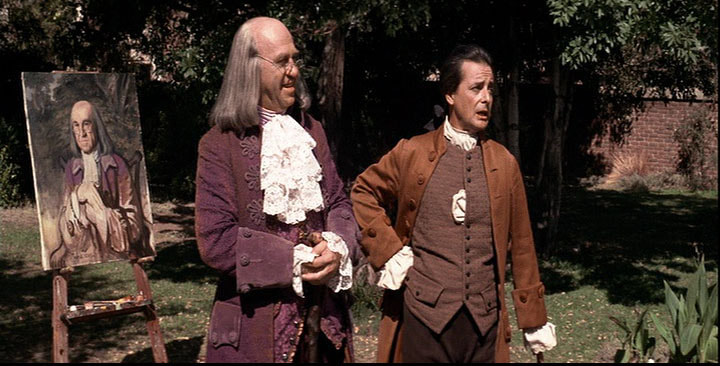 Looking for something patriotic to watch for this year’s Independence Day? Then you can’t get any better than this movie: 1776 (1972) ****stars Sherman Edwards’ Tony-winning musical has been adapted to the screen with its Broadway cast mostly intact (a rare thing indeed) and original stage director Peter Hunt at the helm. William Daniels and Howard Da Silva are brilliant as John Adams and Benjamin Franklin trying like heck to wake up the Continental Congress and pass the Declaration of Independence. The movie entertainingly shows how the divisions we lament in this country have been there from the very beginning. It also shows how we must learn to overlook those differences if we wish to accomplish a greater good. The songs are fun. The debate pretty much follows how it all went down. George Washington’s dispatches from the front capture how on the edge the Continental Army operated. And I fall in love with Blythe Danner every time I watch this. (For those of the younger generation, she is Gwyneth Paltrow’s mother). Virginia Vestoff is all strong and resilient as Abigail Adams (she died of cancer shortly after the film was made). A shout out as well to Donald Madden as John Dickinson, the tireless opponent of all things relating to independence. The film makes us realize what a close shave getting independence declared actually was. It is all here: deathly ill Caesar Rodney’s midnight ride through the night to cast a Yes vote, James Wilson’s last minute change of heart. It makes you realize in this age of filibusters and 60 vote minimums, that many of the greatest laws we’ve passed in this country did so by the skin of their teeth. Be sure to watch the restored 164-minute version readily available on DVD. It was cut by half an hour when released in 1972. President Nixon, friends with producer Jack Warner and busy orchestrating the Watergate cover up at the time, thought some of the dialogue and the song “Cool, Cool Conservative Men” liable to anger the country and send the population into the street. So Warner cut them. Fortunately, the cut footage has mostly been restored. Frankly, I find it all prescient on where the country was going to go. Of where we find ourselves now. TRIVIA: The last movie filmed at the original Columbia Pictures studio before it was torn down and sold. PET PEEVE: Director Peter Hunt restored all of the footage except the complete version of John Adams’ song “Piddle, Twiddle, & Resolve”. I got a chance to ask him about that once and he confessed that he didn’t restore it because he always hated how he shot the song. Daniels is standing there singing how it is “hot as hell in Philadelphia” and steam can be seen coming out of his mouth (because it was really a chilly night in L.A.). You can watch the complete song HERE. It’s Flag Day, Everyone! Lots of things going on. This issue contains: Before Noon review & news! Me & Michael Cimino & The Black List The Girl In the Basement and eBooks. And more! Read on! Newsletter Schedule Thank you to all of you who have expressed interest in receiving these newsletters. I plan to publish them twice a month on the 2nd and 4th Tuesdays. The first will pass along any news I have. The second will feature something creative: either an essay or a blog entry. Before Noon Don’t know about Before Noon? Learn more here: What is "before noon"? - Richard Rothrock Thanks to each of you who have agreed to read my new script Before Noon and give me some feedback on it. Award-winning filmmaker Pat Neff read it and had this to say: “Finished BEFORE NOON last night!! Absolutely Phenomenal… It’s so good, Richard!! It’s practically criminal that this won’t be made… Proud of You!!! PS - The true love/real love speech Jesse gives is one of the best things you have ever written!!!” Thank you, Pat! Looking forward to my other readers’ impressions. Would any of you like to read it and give me your thoughts? The first ten pages are attached to whet your appetite and peak your interest. Please contact me if you want to read the whole thing. Thank you to those who are! Last week, I found a fan fiction contest on Film Freeway to enter Before Noon in: the Fan Fiction Film & Screenplay Festival. The deadline is next week on June 22. If you are (or have agreed) to read the complete script, please have your notes back to me by this weekend. And thank you! Me & Michael Cimino Seriously considering sticking my award-winning script up on The Black List to see if I can raise its profile and make some industry noise like the equally popular spec script The Shark Is Not Working about the making of Jaws. Stay tuned! The Girl In the Basement My horror script hangs in there. Lots of praise but no takers. I got some reader notes back in March on how to improve it. Unfortunately, as many of you know, I fell ill at the same time and so am only now able to contemplate them. I agree with most of the suggestions and am incorporating them now. Should be done by the end of the week. What to do after that? The Girl In the Basement & eBooks Well, I am thinking my future as a writer lies in eBooks. And from what I have been reading, the shorter the better. More like a novella length (15K to 30K words). So once I have finished the changes to Girl In the Basement, I am thinking of turning it into an eBook for a Halloween release. Currently reading How To Write & Publish a Book in 30 Days (2018) by Jolene Church on how to do this. It is not too different from the underrated How To Write a Movie In 21 Days (1988) by Viki King. Stay tuned! American Kids
Still working toward my end of the year goal of putting out my novel American Kids as an eBook. More updates on that soon! Still Reading Screenplays One of you asked if I am still providing coverage for scripts. Yes, in fact, this is one of my busiest times of the year. I still do scripts (TV and features), pitch decks, and participate in table readings. So far this year I have read a Polish action film that turns into a horror movie, spent time back in World War II (with the Jewish underground in Nazi Germany & Australians fighting the Japanese in Malaysia), William the Conqueror’s 1066 invasion of England, a western about true life gunfighter Johnny Ringo, a comedy about how the group Smash Mouth saved the world, a biography of St. Valentine, a live action reboot of the 90s animated show The Pirates of Dark Water, an action script about a troubled Afghan war vet looking to free her teenaged daughter from criminals, the Spanish Civil War, the American Civil War, and the 2nd American civil war that is supposed to be just around the corner. Next up is a tale of a blind boxer then back to WWII and the Battle of Arnhem. Got a project you’d like feedback on? Feel free to contact me by replying to this email. A Piece of Writing Advice Not many people remember Detroit area playwright Milan Stitt (1941-2009). He is known mostly these days for the award-winning play The Runner Stumbles (which became Stanley Kramer’s last movie in 1979). In 1980, I attended the writers conference at Oakland University. I attended a seminar hosted by Stitt only to discover to both he and I’s surprise that I was the only attendee. What a followed was a delightful one hour one on one session where I got a lot of great advice about a writing. His one piece of advice that stuck with me was: “Remember when it comes to dialogue that each time women speak, they tend to speak in two or three sentences. Each time men speak, they tend to speak in two or three words.” After that, I started writing my dialogue this way and have been praised for my realistic script conversations ever since. Consider giving it a try! That’s all for now! Thank you again for reading. The newsletter will be back on June 28 with “How The CBS Late Movie Expanded My World & Changed My Life”. (3169) "CBS Late Movie" Intro from 1976 - taped from Dayton, Ohio!! - YouTube Happy Writing! Richard Please feel free to share this! If you no longer want to receive this newsletter, just let me know and I will remove you from the list. Before Noon is a fan fiction sequel script to the award-winning Before series. The Before series is a trio of movies by Richard Linklater chronicling the evolving relationship between Jesse (Ethan Hawke) and Celine (Julie Delpy). The two first met as college students on the streets of Vienna in Before Sunrise (1995), reunited as thirtysomething adults on the streets of Paris in Before Sunset (2004), and debated whether to continue their relationship while vacationing as 40-year-old parents on a Greek island in Before Midnight (2013). For me, these films have organically evolved into the best films ever made that realistically chronicle an evolving relationship through the years. Since the movies came out 9 years apart, fans like me expected a new film in 2022. Unfortunately, Linklater, Hawke, and Delpy announced last fall that there would not be a new installment to the series this year. Hawke went even further to say that he thought the series had run its course.
I disagreed and I even had an idea of what the subject of the next film should be. And that is how I came to write Before Noon. Call it fan fiction but I am very happy with it. And it keeps the story of Jesse and Celine moving forward in the spirit of the overall series.. Before Noon Logline After dropping their twin daughters off to their first day of college, Jesse and Celine stroll around Greenwich Village and confront the twin notions of aging and the empty nest. What does a couple do once the children are out the door? What are readers of Before Noon saying? “Finished BEFORE NOON last night!! Absolutely Phenomenal…It’s so good, Richard!! It’s practically criminal that this won’t be made… Proud of You!!! PS - The true love/real love speech Jesse gives is one of the best things you have ever written!!!” Interested in reading Before Noon for yourself? Let me know in the comments below! DISCLAIMER I do not own the Before series (Before Sunrise, Before Sunset, Before Midnight) or any of the related characters. The Before series is created by Richard Linklater, Ethan Hawke, Julie Delpy, and Kim Krizan and owned by Castle Rock Entertainment. All rights to the Before series belong to Castle Rock Entertainment. This story is a work of fan fiction and is meant for entertainment only. I am not making any profit from this story. ,We all have those moments in our lives. That indescribable emotional, intellectual, and sensual instance when we realize that the person we are staring at, that person staring back at us, is generating this iridescent feeling within of affection only more so. This profound realization that this person gets me, understands me, and even sees life the same way I do. We feel connected. We are them and they are us. We usually call this emotion, this realization, this attachment…..love. Normally, we attach this label to people or animals. But we also use that term when describing works of art we admire (movies, books, plays. painting, or sculptures). and the people who create them (directors, authors, playwrights, screenwriters, painters, sculptors, etc.). Today, I want to start this series by describing the moment I fell in love with the work of director Michael Cimino. It happened early on in his supposedly monumental folly called Heaven’s Gate (1980) – a western about the real life Johnson County War in 1892 Wyoming when rich cattle ranchers hired a mercenary army to kill immigrant farmers encroaching on their grazing lands. A movie that failed so completely that it derailed Cimino’s career and made the western unbankable for over a decade. It is also credited with destroying 1970s director driven Hollywood and replacing it with the studio controlled moviemaking that we still have today. Keep in mind that I came into this movie cold. I had not seen Cimino’s two previous films: neither his Oscar-winning The Deer Hunter (1978) nor the Clint Eastwood thriller Thunderbolt and Lightfoot (1974). As I settled into my seat for a Sunday matinee on the film’s opening weekend, all I knew about Heaven’s Gate was that it had been released the previous November to such horrible condemnation that United Artists had pulled it from release for reediting. That it was now only two and a half hours long instead of the nearly four hours of the original version. But it had my favorite cinematographer (Vilmos Zsigmond) and a number of actors that I already loved (John Hurt, Sam Waterston, Jeff Bridges, Joseph Cotton, Brad Dourif). And the movie’s imagery that I glimpsed in the trailer had blown me away and whetted my appetite for more. As the lights went down, I expected a muddled story but gorgeous scenery. I began to think the critics’ opinions were wrong from the movie’s opening shot of Jim Averill (Kris Kristofferson) running across the 1870 Harvard campus, already late for his own graduation. I felt an inhalation of wonder when he caught up with the parade of graduates. The sweep of the camera crane starting up high then dropping down to catch Jim as he fell in beside his best friend Billy Irvine (John Hurt). But the moment when I fell in love with the film and the director was after the commencement ceremony when the graduates and their ladies fair waltzed on the Harvard Yard to the strains of the “Blue Danube”. The choice of music and the circular dancing conjured up memories of Stanley Kubrick and 2001: A Space Odyssey (1968). But the waltzing circles within circles were also visually setting up much of the story that would follow. The graduate waltz would be echoed later in the roller skating of the Wyoming immigrants. Jim’s dancing with the Beautiful Girl (Roseanne Vela) would be echoed later in his solo waltz with Ella Watson (Isabelle Huppert) at the same roller rink. And the large circles the graduates made on the lawn would be echoed in the final battle between the immigrants and the cattle ranchers’ mercenary army. It was a scene that even Newsweek’s David Ansen conceded in his otherwise dismissive review was a “cinematic grand slam”. In that moment, my life changed. I bonded with Michael Cimino and his movie. I came to believe that I got him and he got me. From now on, I was all in with what he wanted to do. And that I wanted to make movies for a living. Subsequent viewings of The Deer Hunter and Thunderbolt and Lightfoot merely affirmed my belief. Decades later, when my family visited England, I had us visit the same place where the scene was filmed (Mansfield Quad at Oxford University). Standing on the lawn, I could still hear the “Blue Danube” in the air. Experience the moment below: Well, Thanksgiving is over and the Christmas season has finally begun. Have you got your tree up yet? Have you started your present shopping?? Have you found yourself reaching for the eggnog yet??? Even though I have been an occupant of this planet for over 50 years now, the Christmas season still remains as magical to me as it did when I was a child growing up in the 1960s and 1970s. Jean Shepherd was wiser than he knew when he proclaimed in that classic yuletide movie A Christmas Story (1983) “Christmas was on its way. Lovely, glorious, beautiful Christmas around which the entire kid year revolved.” Amen! And it is still that way for adults too. So as the turkey leftovers disappear and the meager Thanksgiving decorations come down (usually just a cornucopia on the dining room table), I find myself asking how did I know that the Christmas season was finally here back when I was a kid? Here are my top 10 indicators that Christmas was on its way: 10. Thanksgiving night usually featured the annual showing of Miracle on 34th Street (1947) the story of how one year Kris Kringle became the Macy’s Santa Claus. It was the perfect holiday transition movie because its story began on Thanksgiving morning and ended on Christmas day. Edmund Gwinn is perfect in his Oscar-winning role and was there ever a more realistic movie child on screen than Natalie Wood’s Susan Walker, just the right blend of child-like hope and real life cynicism. Her mantra (“I believe. I believe. It’s silly but I believe.”) has proved very useful over the years. And there was just enough holiday magic thrown in to get you to believe. 9. My family started listening to holiday music on our stereo. Out came the special albums played that one month of the year, collections like Columbia Records’ The Great Songs of Christmas and Christmas With Clark (available at your local Clark gas station when you filled up your tank!) featuring “Don Janse and his 60 voice children’s chorus.” But the first collection we always listened to was our 8-track tape of Christmas songs recorded off the radio and the first song on that tape was Perry Como’s “There Is No Christmas Like a Home Christmas”. 8. The Wish Book catalogs from Sears and JC Penney arrived in the mail! My sisters and I took turns leafing through its pages (forget those stupid clothes sections!) and going crazy at all the toys available. We would dutifully write our names beside each item we wanted. In later years, Mom asked that we institute a star system to indicate what we MOST wanted that year. 7. My elementary school teachers started hanging up classroom decorations. They included cardboard cutouts of Santa Claus and Nativity scenes. Some even erected small Christmas trees in the corner of the classroom. And we drew names out of the hat to see which student we would get a Secret Santa gift for. But the decorations I enjoyed the most were these: 6. Companies would start airing Christmas themed commercials both on TV and on the radio. Back in the 1970s when we lived in Weirton, West Virginia, there was a local furniture store named Heslop’s.. One year, their holiday jingle was “Deck the halls with furniture from Heslop’s. Fa-lalalala La la la la.” My father would sing it for years after every time the season began. I guess it just stuck in my brain. 5. Mom would apply Glass Wax Christmas stencils to our front windows. Was there anything more festive???? 4. Celebrity Christmas specials began airing on TV. It seemed like anybody who was anybody had a Christmas special back then. Even Bob Hope had a regular special entertaining the troops in Vietnam. For me, it seemed the best ones were the ones hosted by Bing Crosby and Perry Como. Nothing could get me into the spirit of the season faster than Bing Crosby crooning “White Christmas”. And there was nothing like Perry Como singing “Ava Maria”. 3. Mom started making holiday cookies and holiday snacks. My favorites were the Spritz cookies and the meatballs in grape jelly. 2. Animated holiday specials began showing on TV. I am glad to have grown up in the heyday of the animated Christmas special. A Charlie Brown Christmas (1965), How the Grinch Stole Christmas! (1966), The Little Drummer Boy (1968), Frosty the Snowman (1969), Santa Claus Is Comin’ to Town (1970) all debuted before I was ten. But the Holy Grail of specials for me was and remains Rudolph the Red-Nosed Reindeer (1964). That’s a lot of my childhood up there on the screen in that special (without the red nose and the ability to fly). In my dark days of school bullying and peer ostracizing, it was Rudolph who gave me hope that better days lay ahead. And it is a message I carry with me to this day. 1. We finished decorating our Christmas tree by putting our nativity set under the tree. We were one of those families that used the Thanksgiving holiday to get a jumpstart on Christmas decorating. We had used an artificial tree since the mid-1960s so putting it up early was a no brainer. And the final touch was placing the red skirt around the tree and placing the nativity scene at the base (pictured below) I would then sit under the tree, stare up at the lights and decorations, listen to the music of the season and anticipate with a smile the magic that lay ahead.
So what did YOU do as a child to get the holiday season started? What traditions helped you get into the holiday mood? |
Archives
August 2022
Categories |
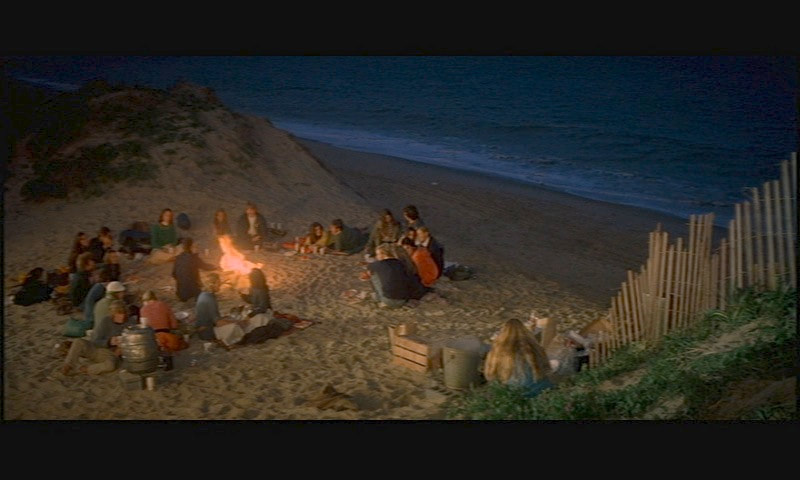
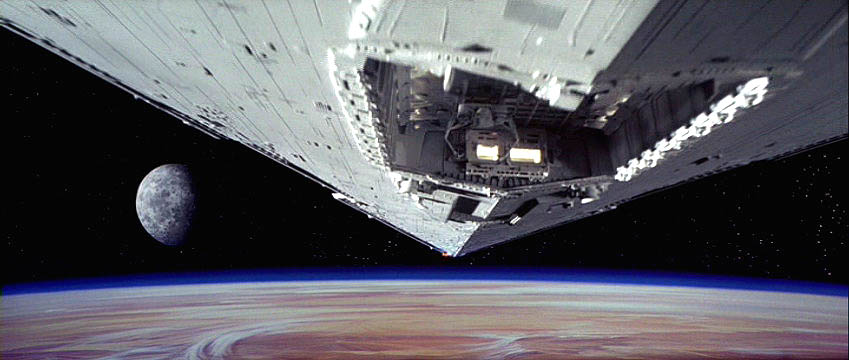
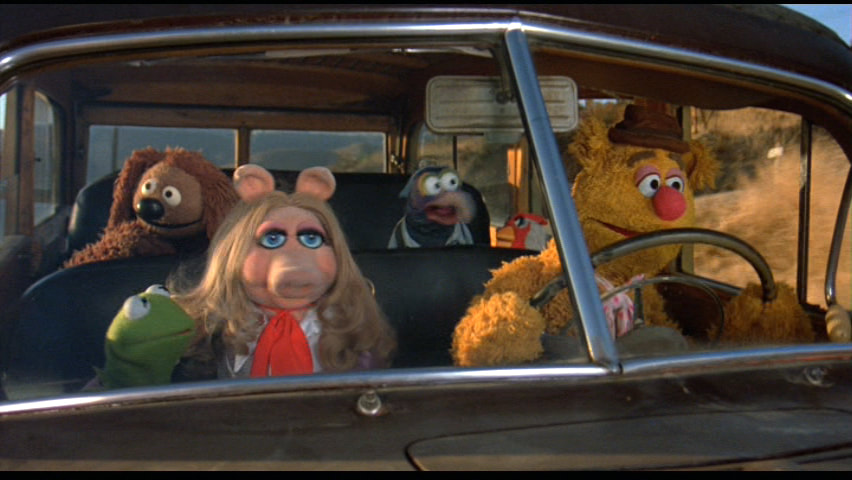
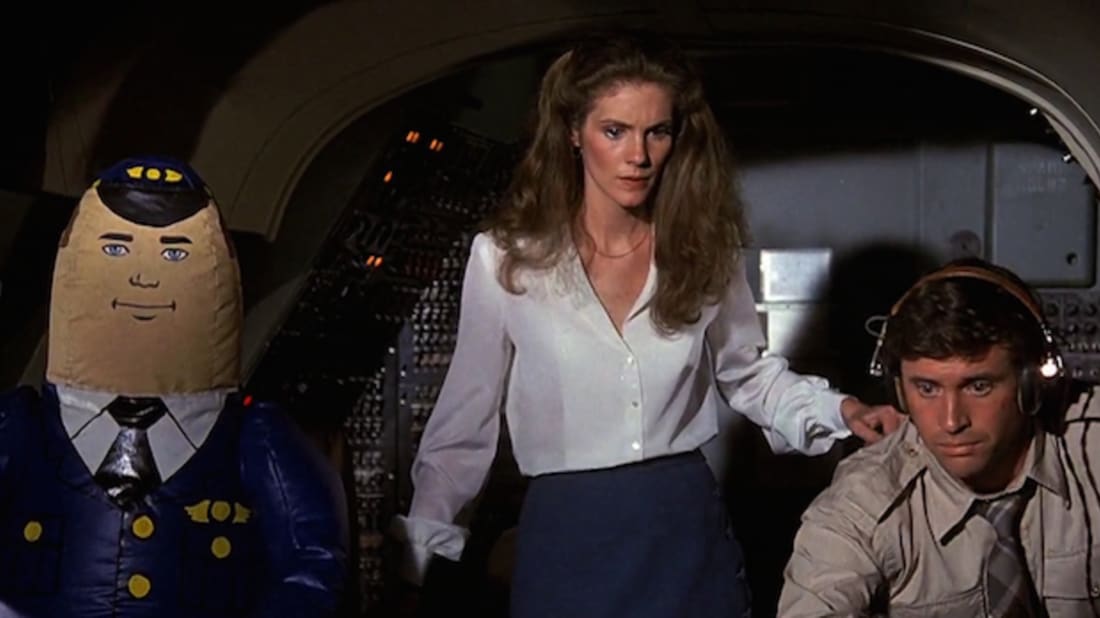
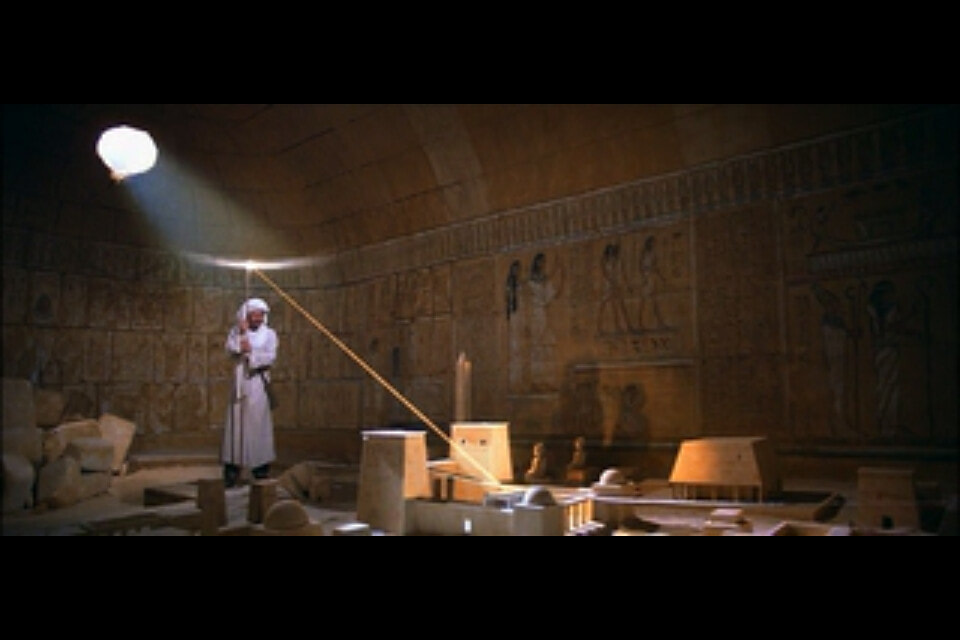
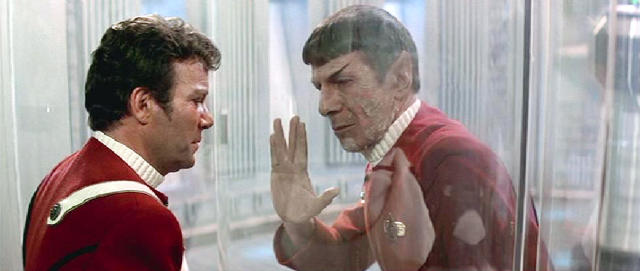
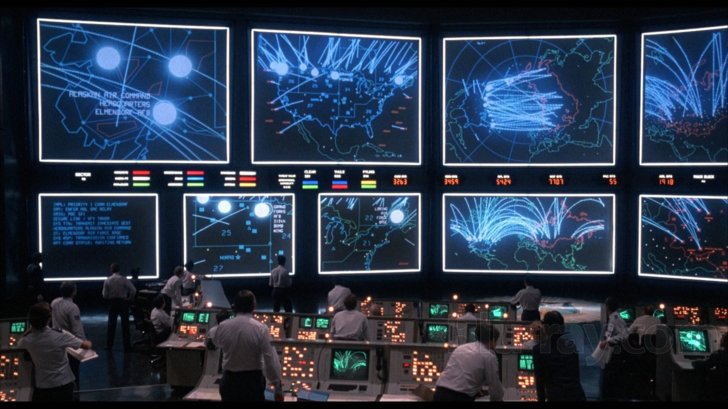
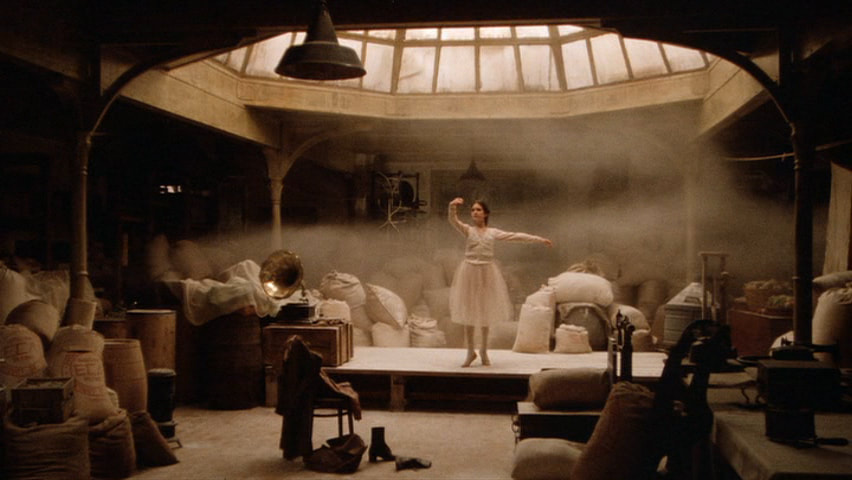
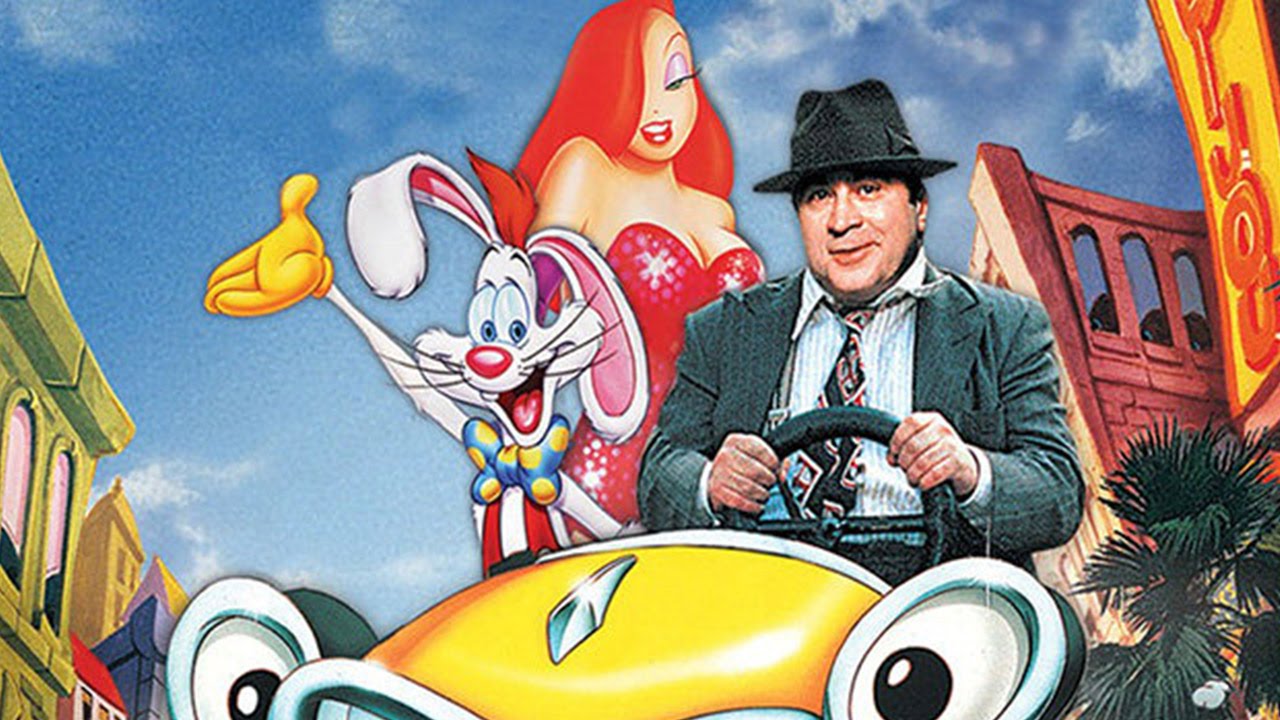
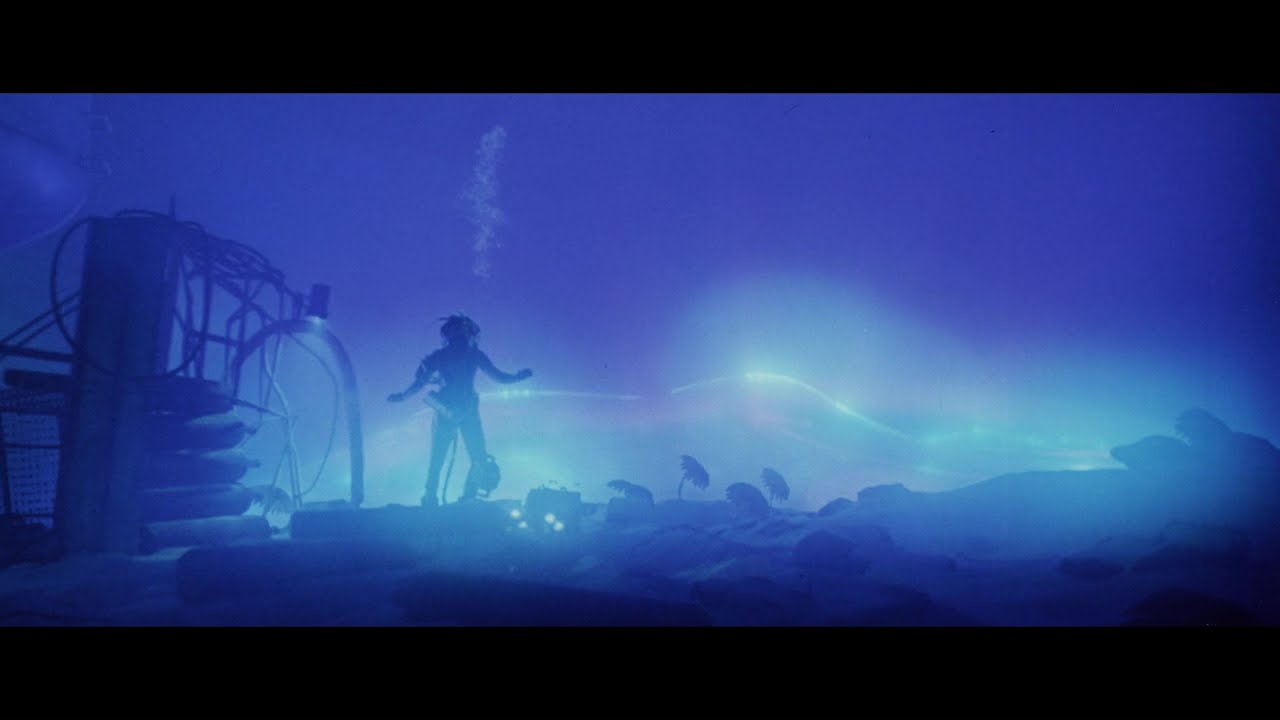
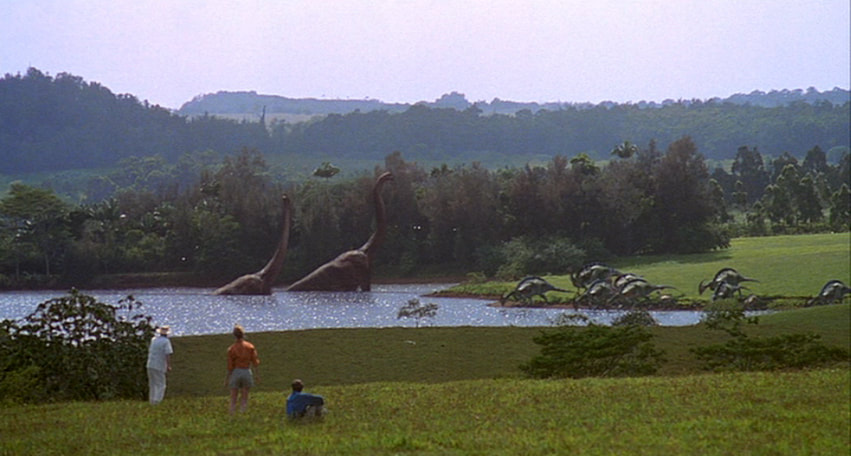
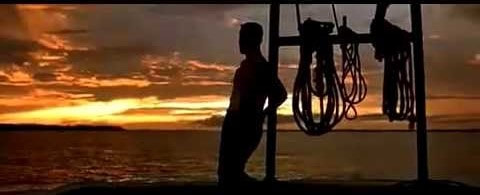
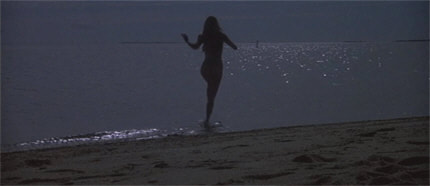
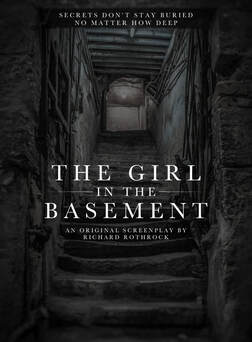
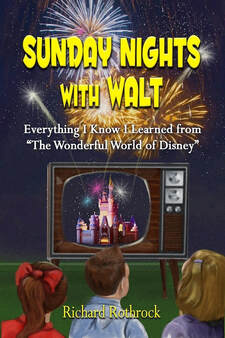
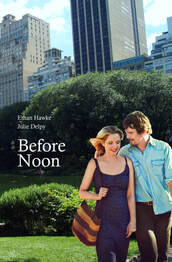
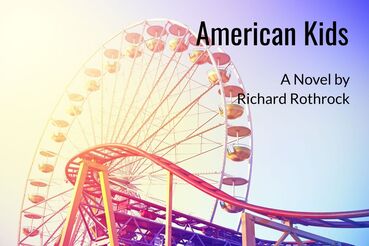
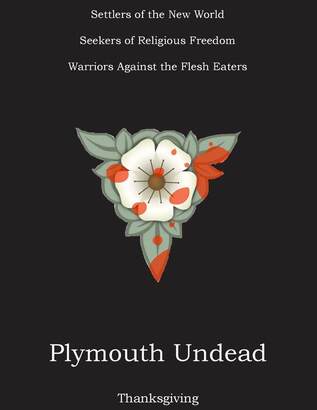
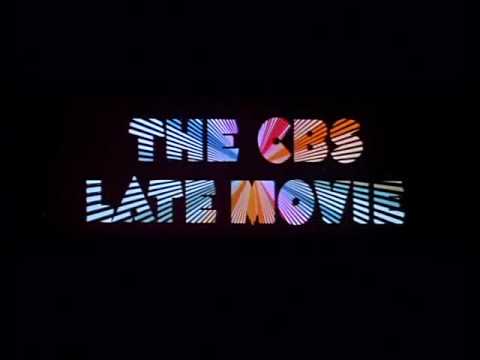
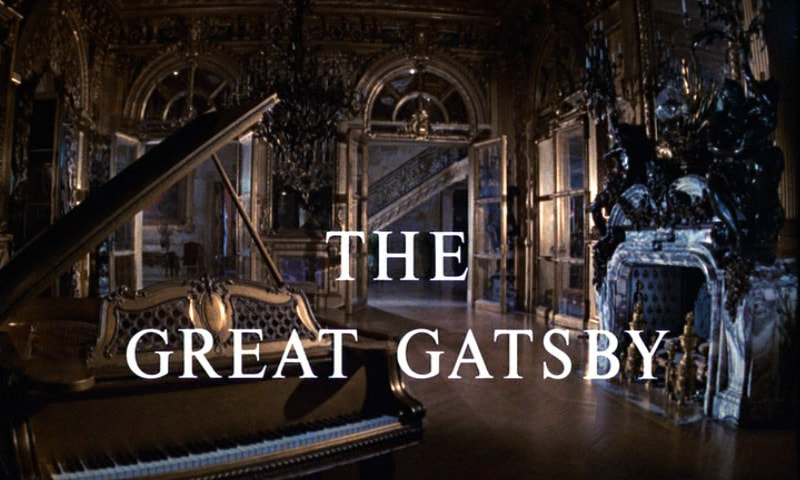
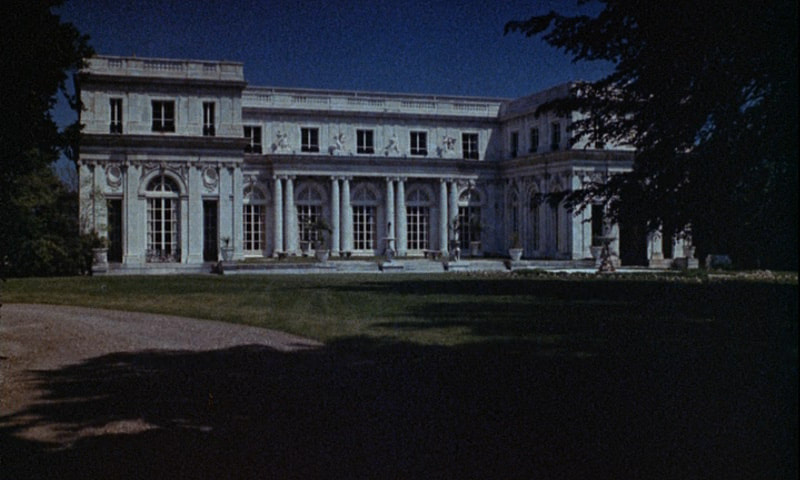
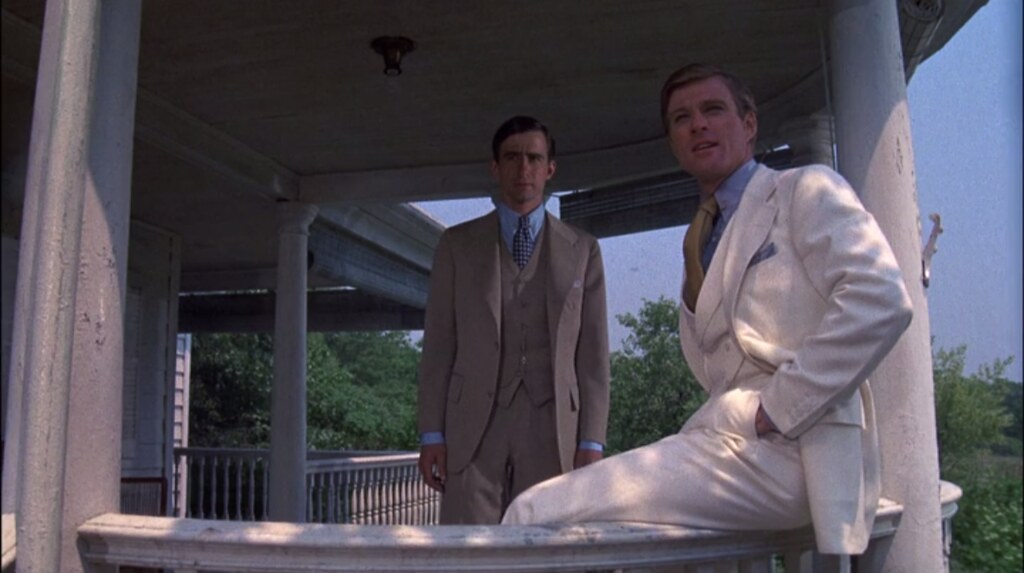
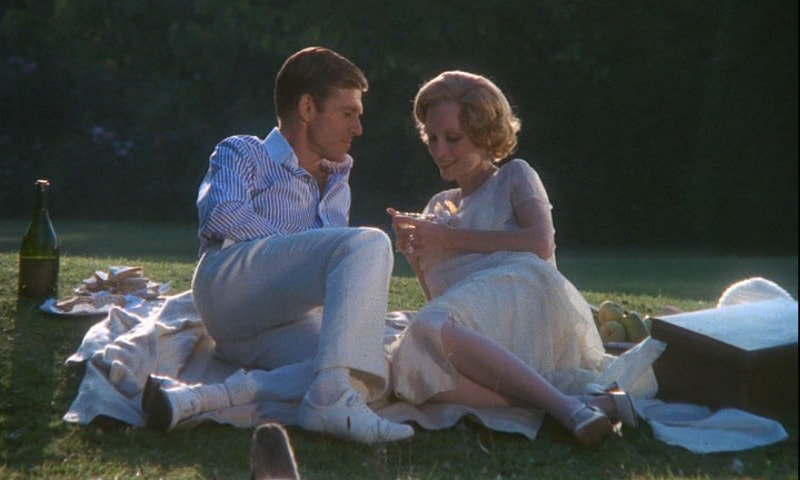

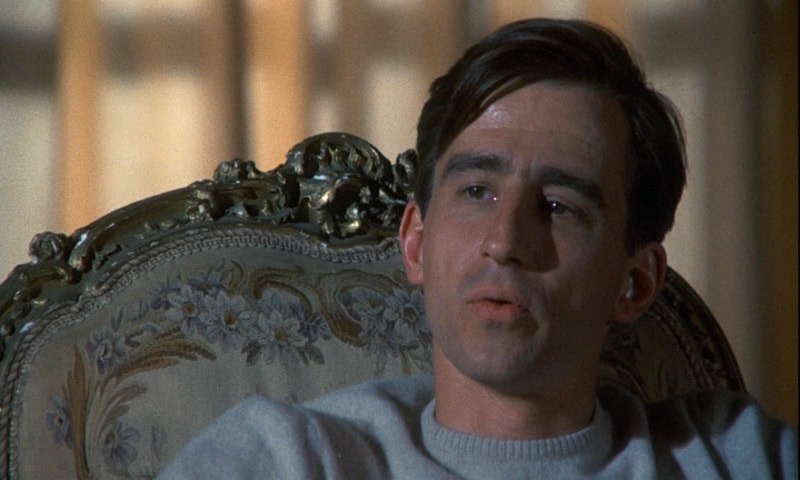



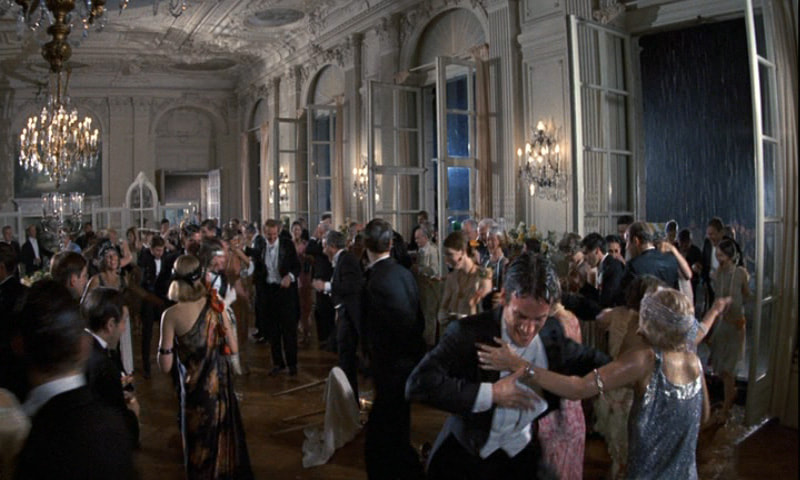
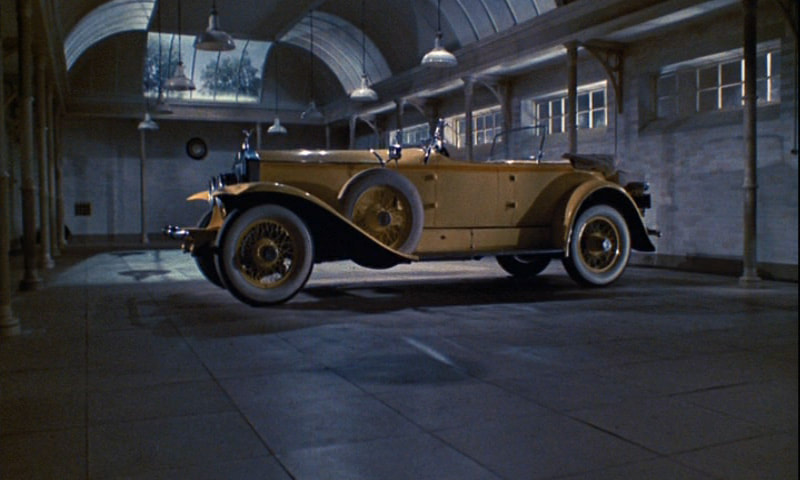

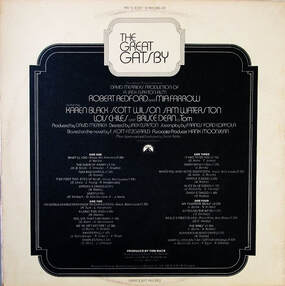
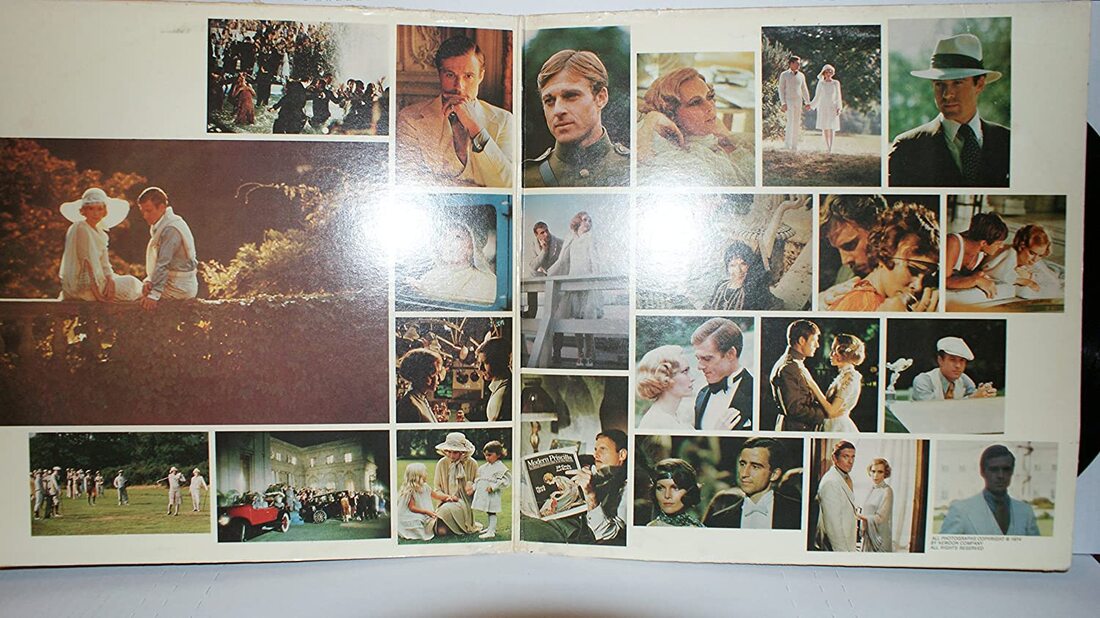
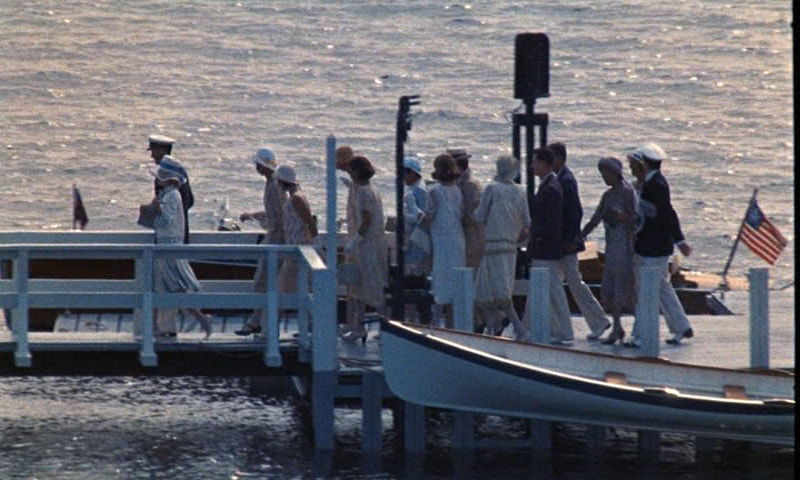
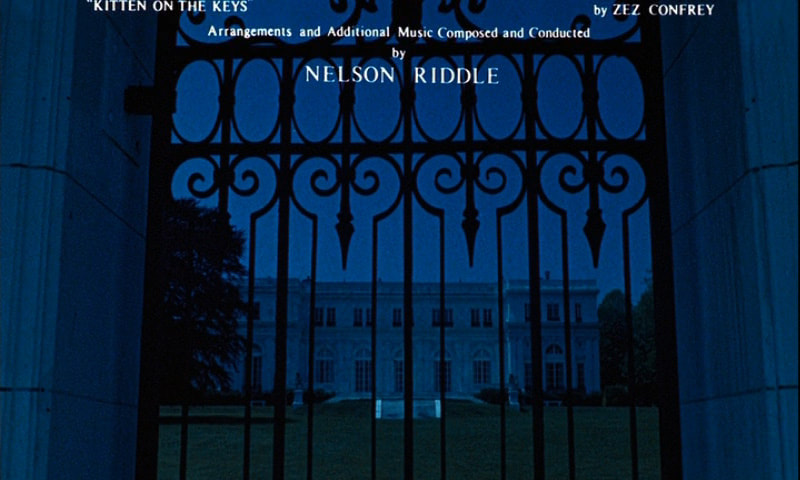
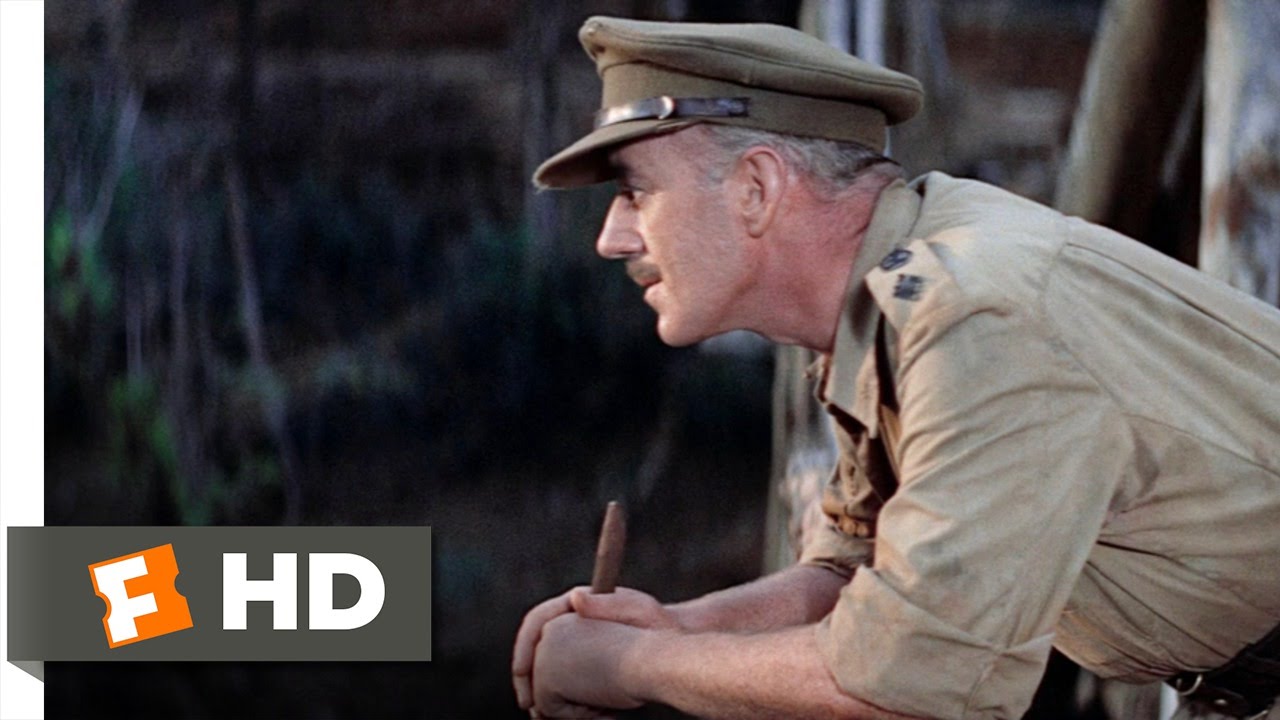
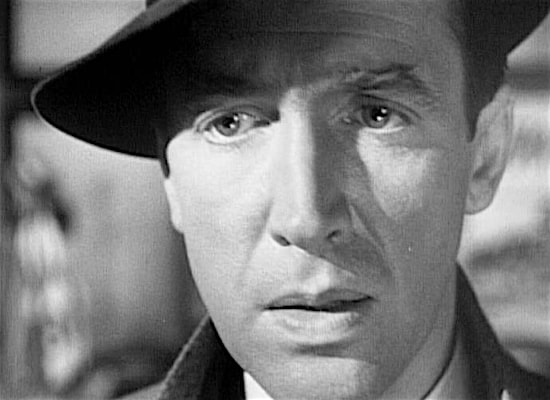
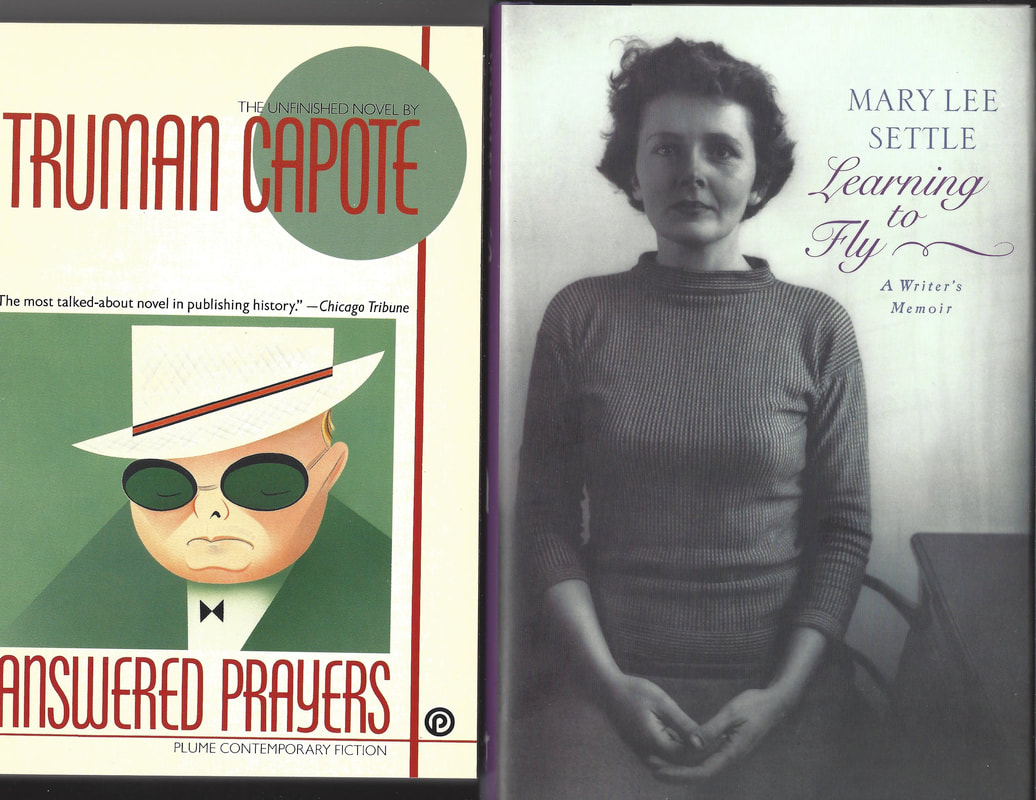

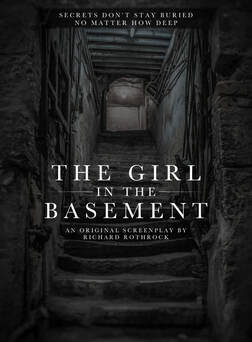
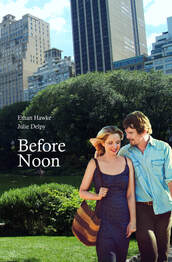
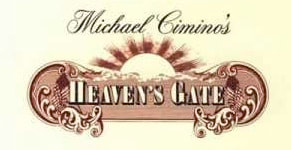
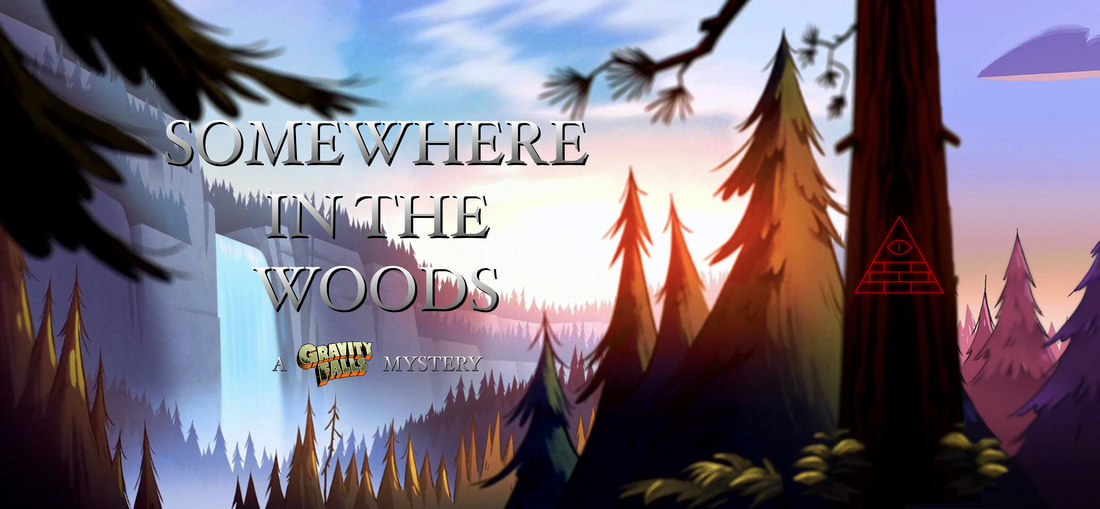

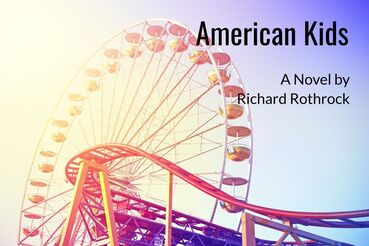
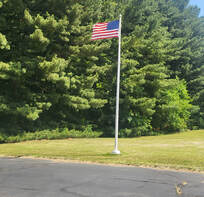
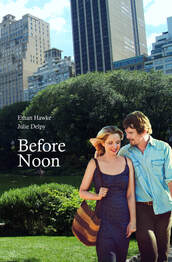
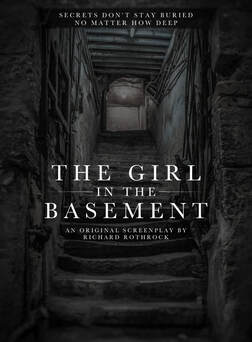
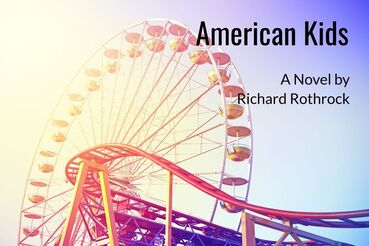
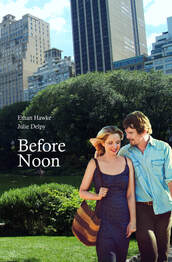
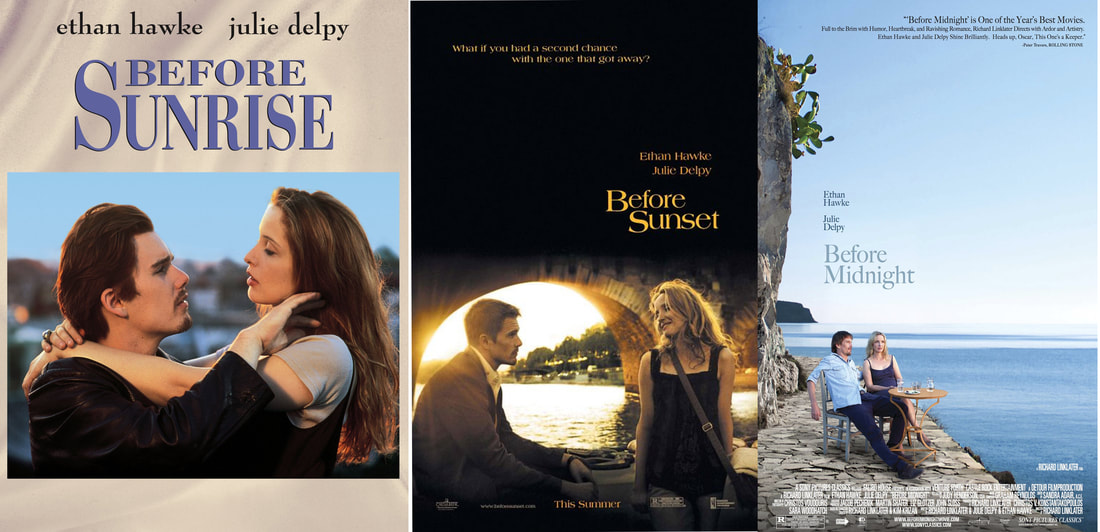
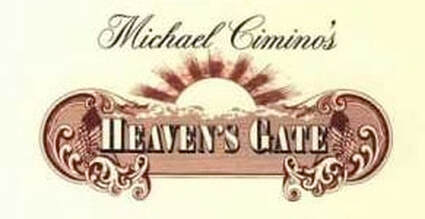
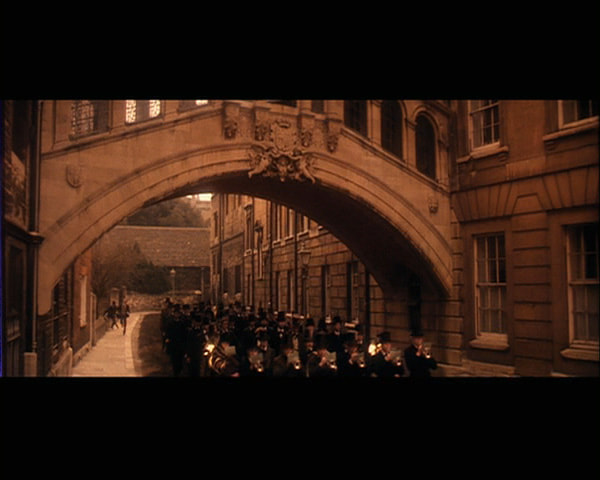
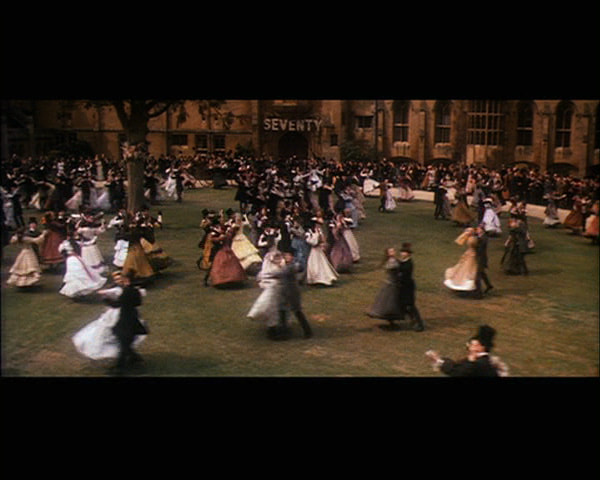
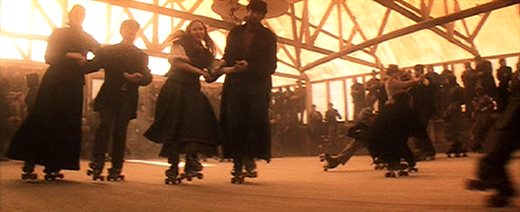
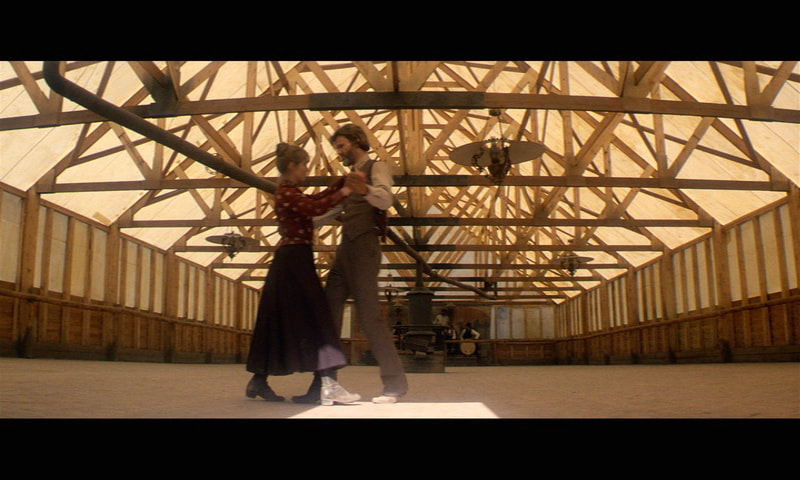
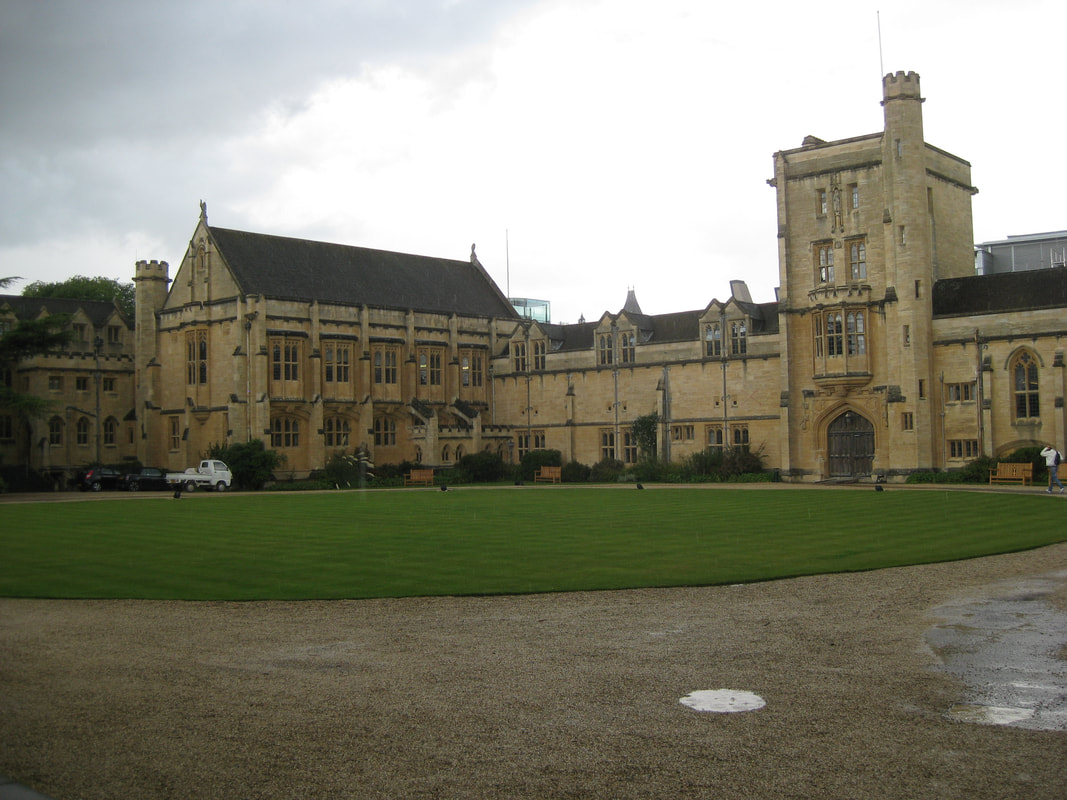
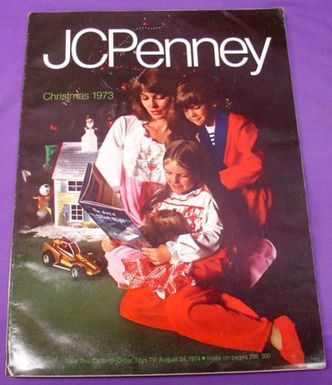


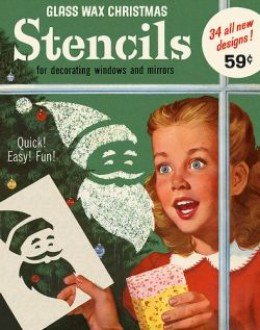



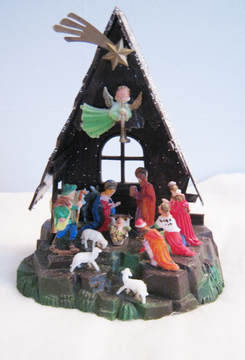
 RSS Feed
RSS Feed